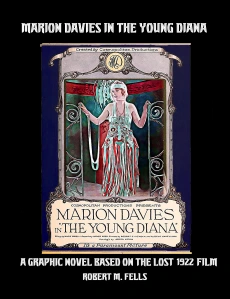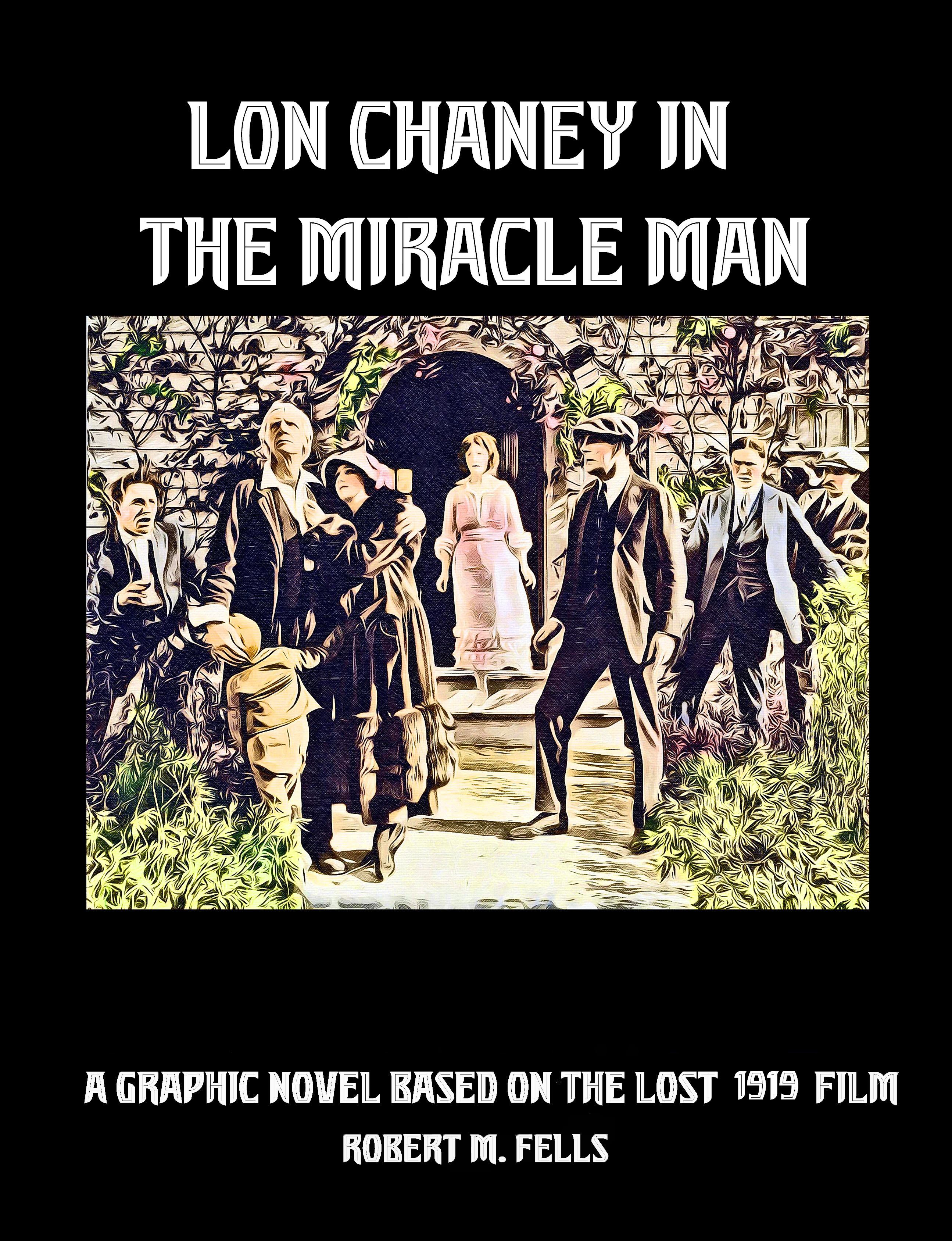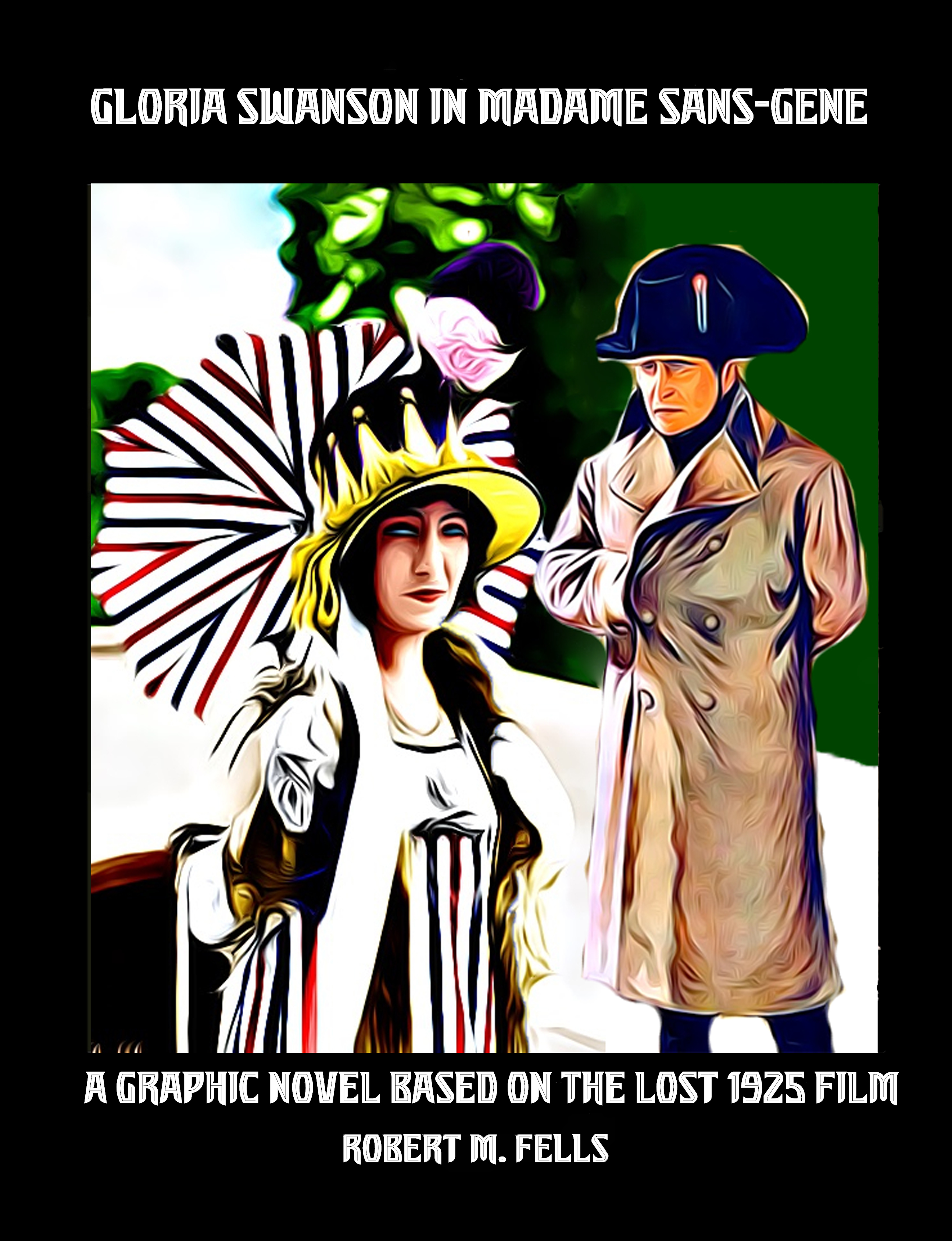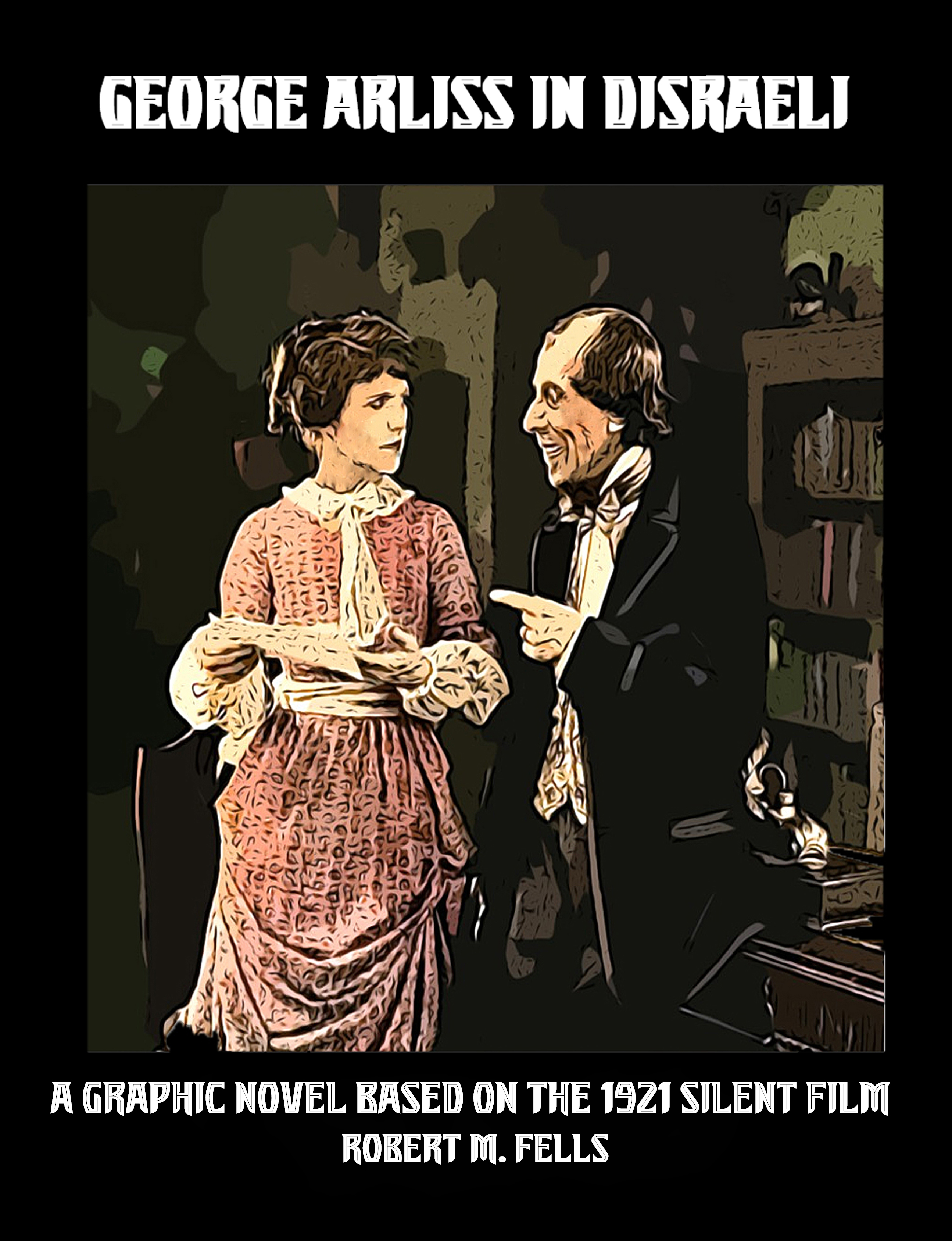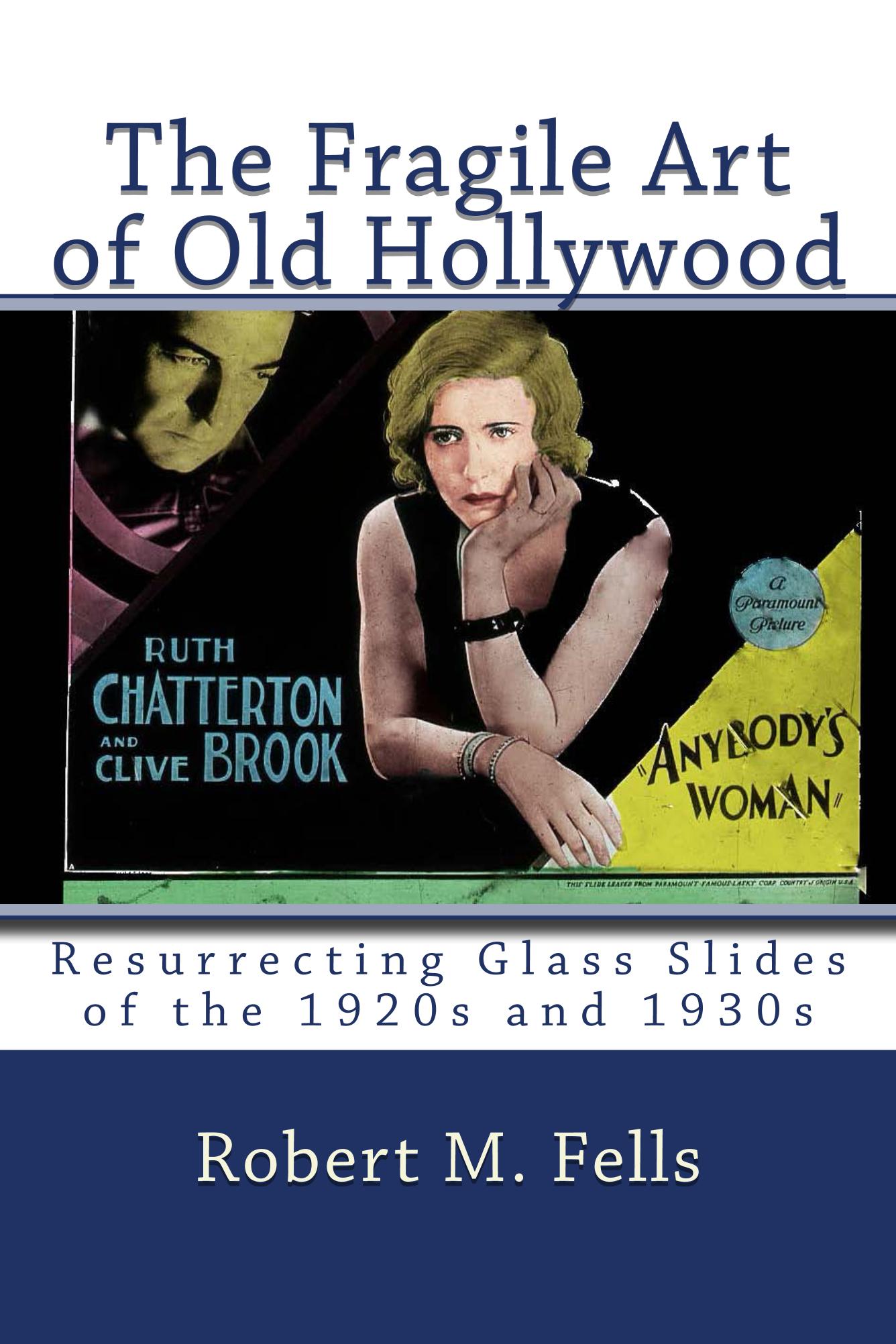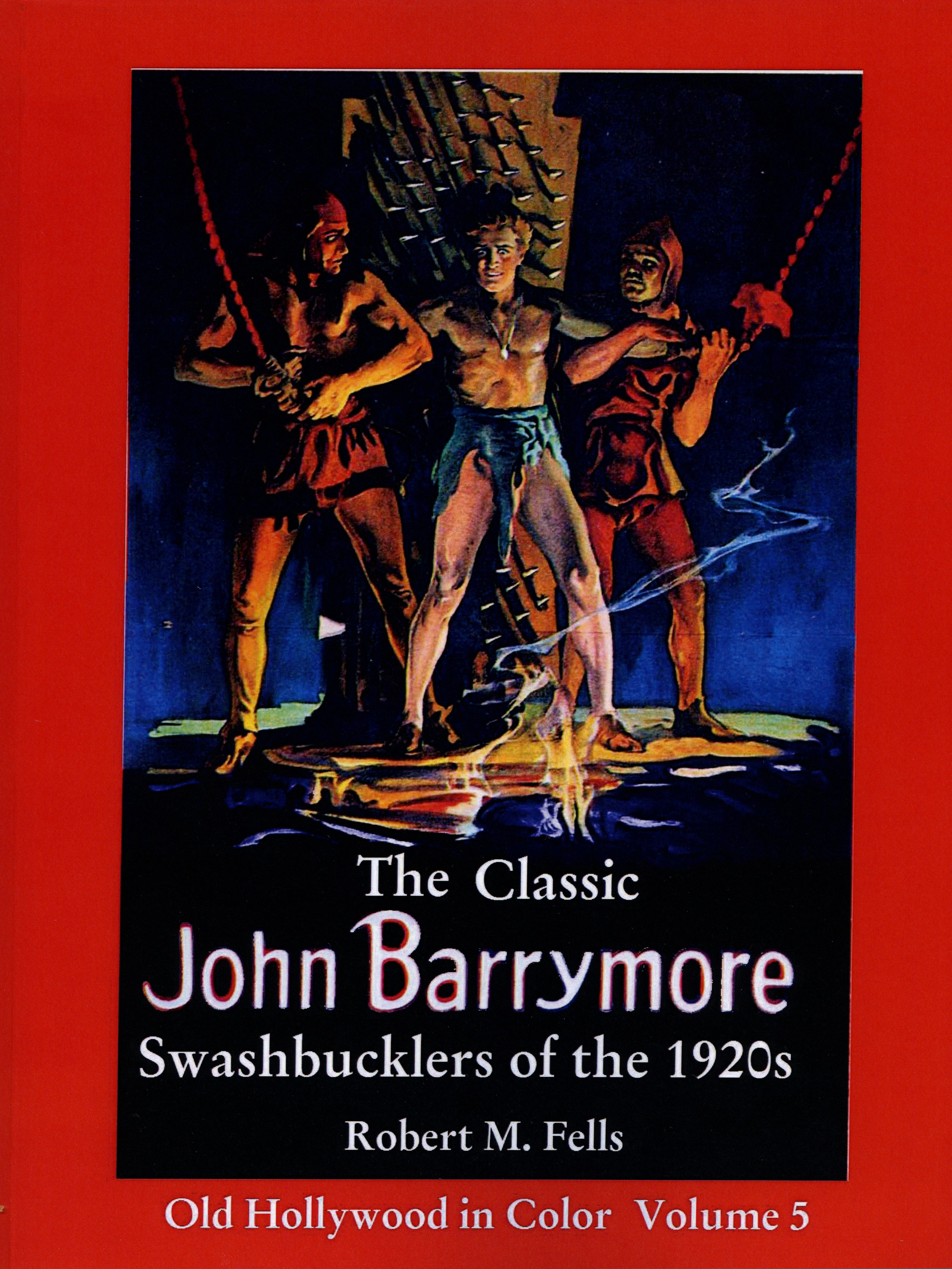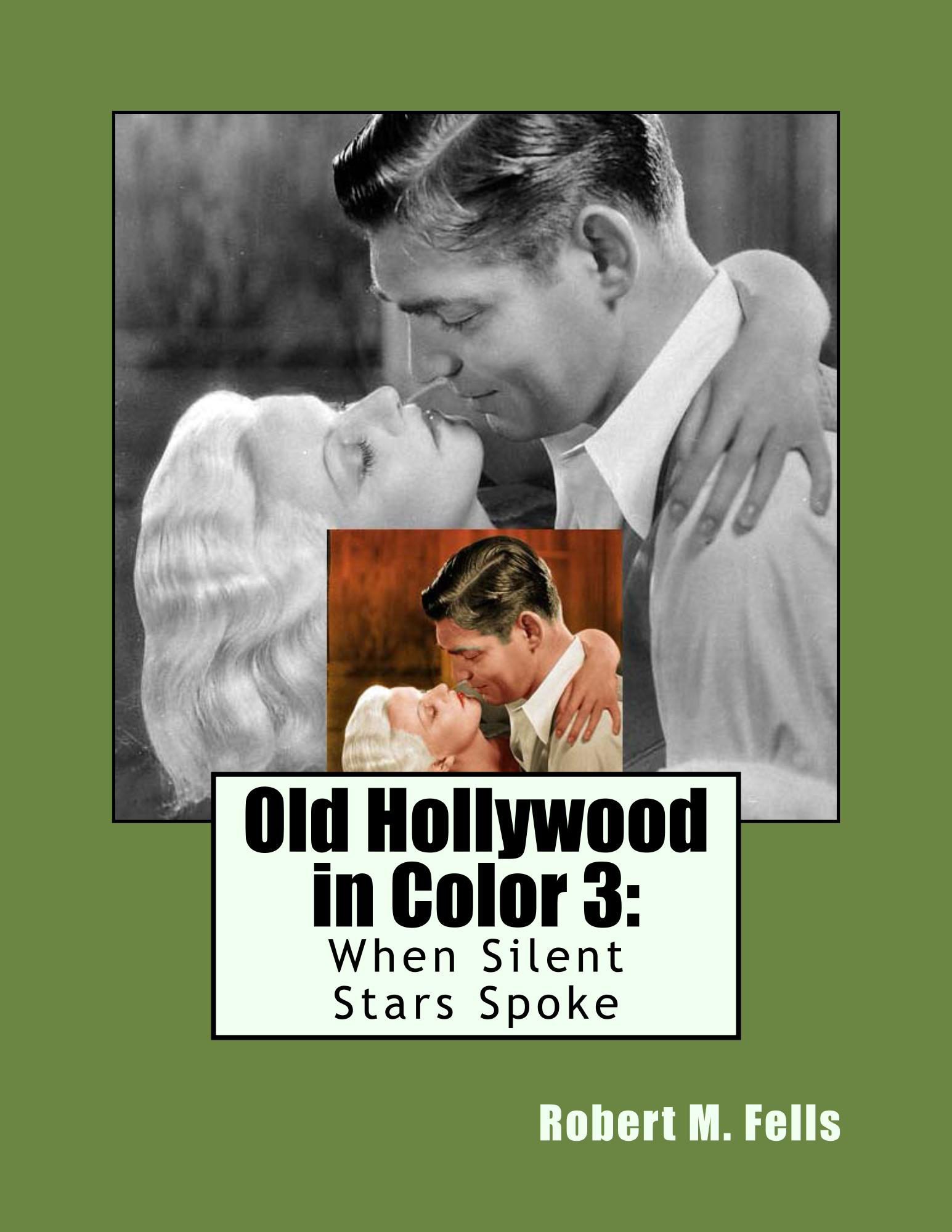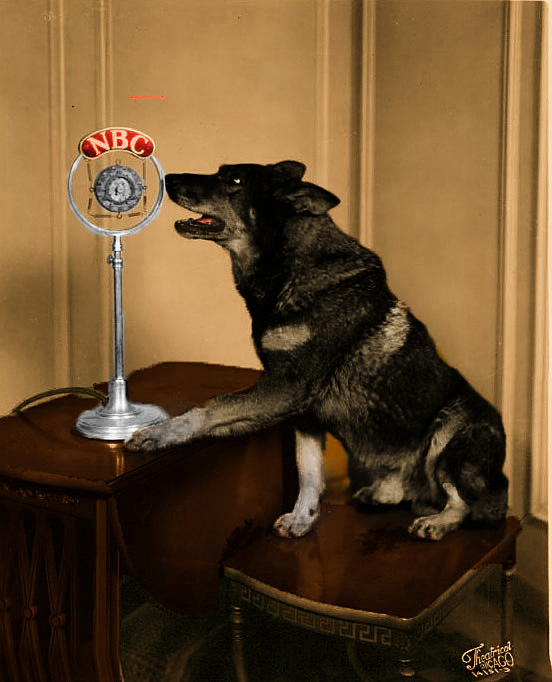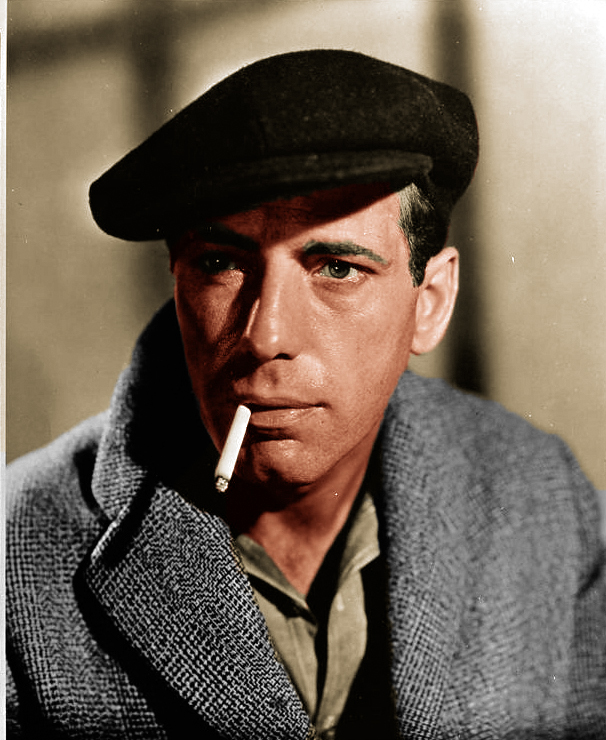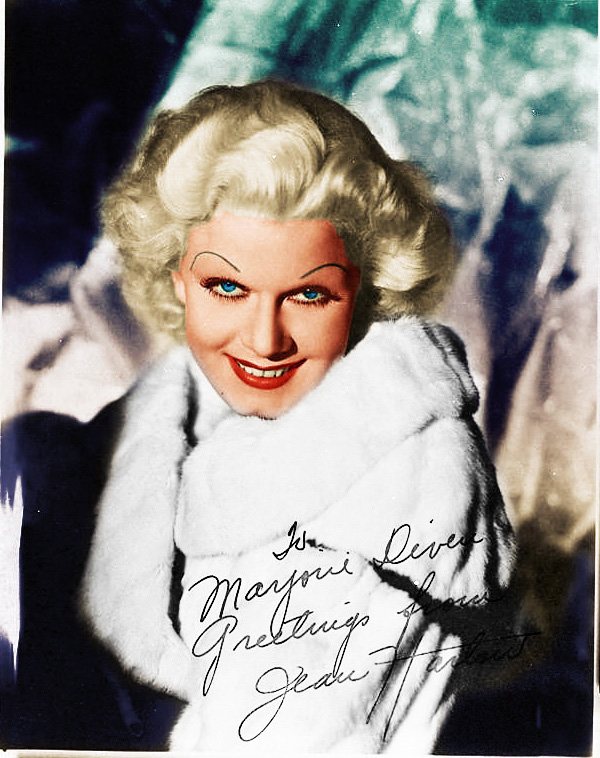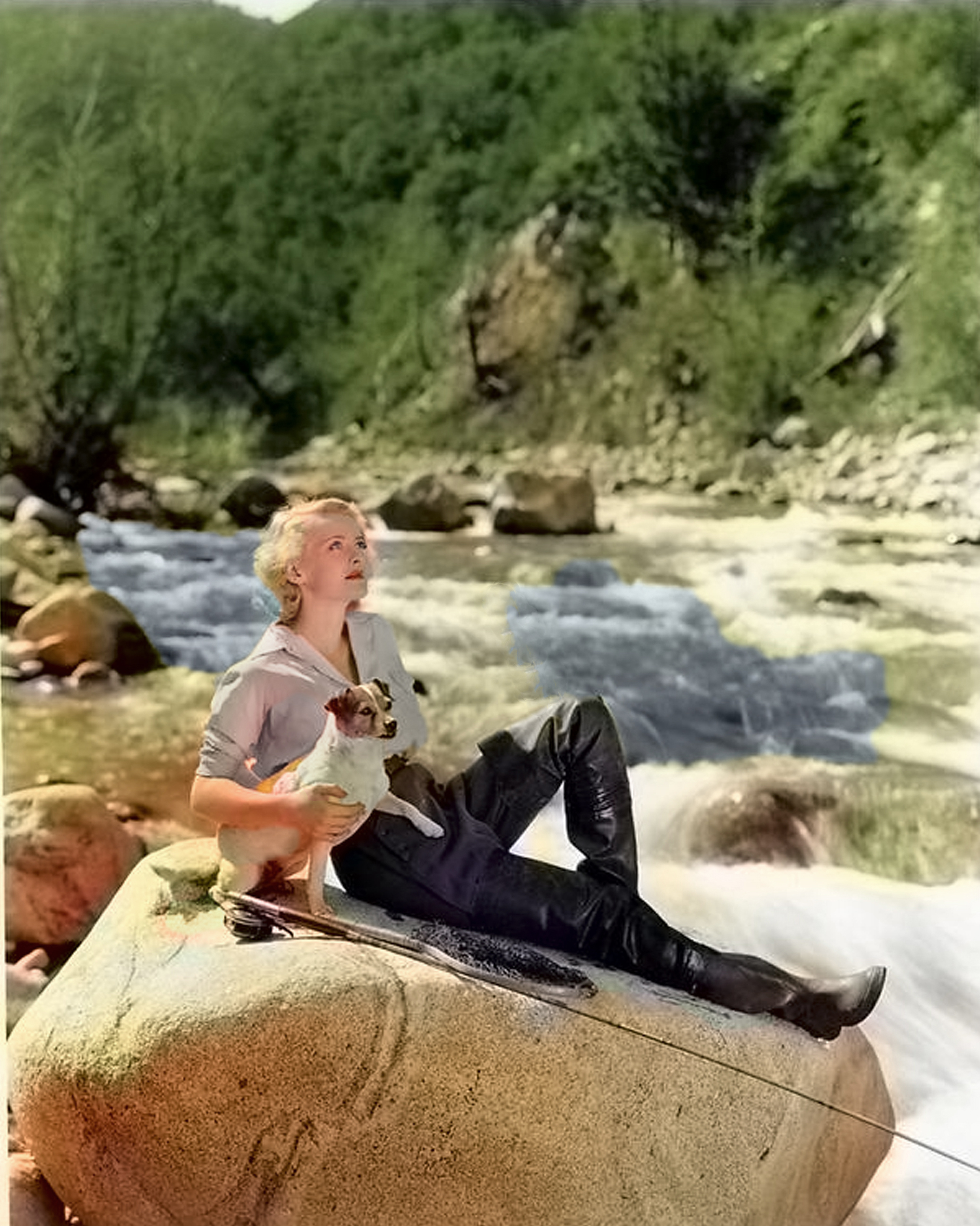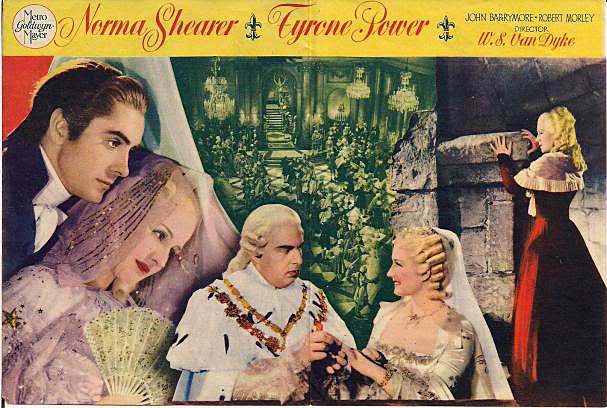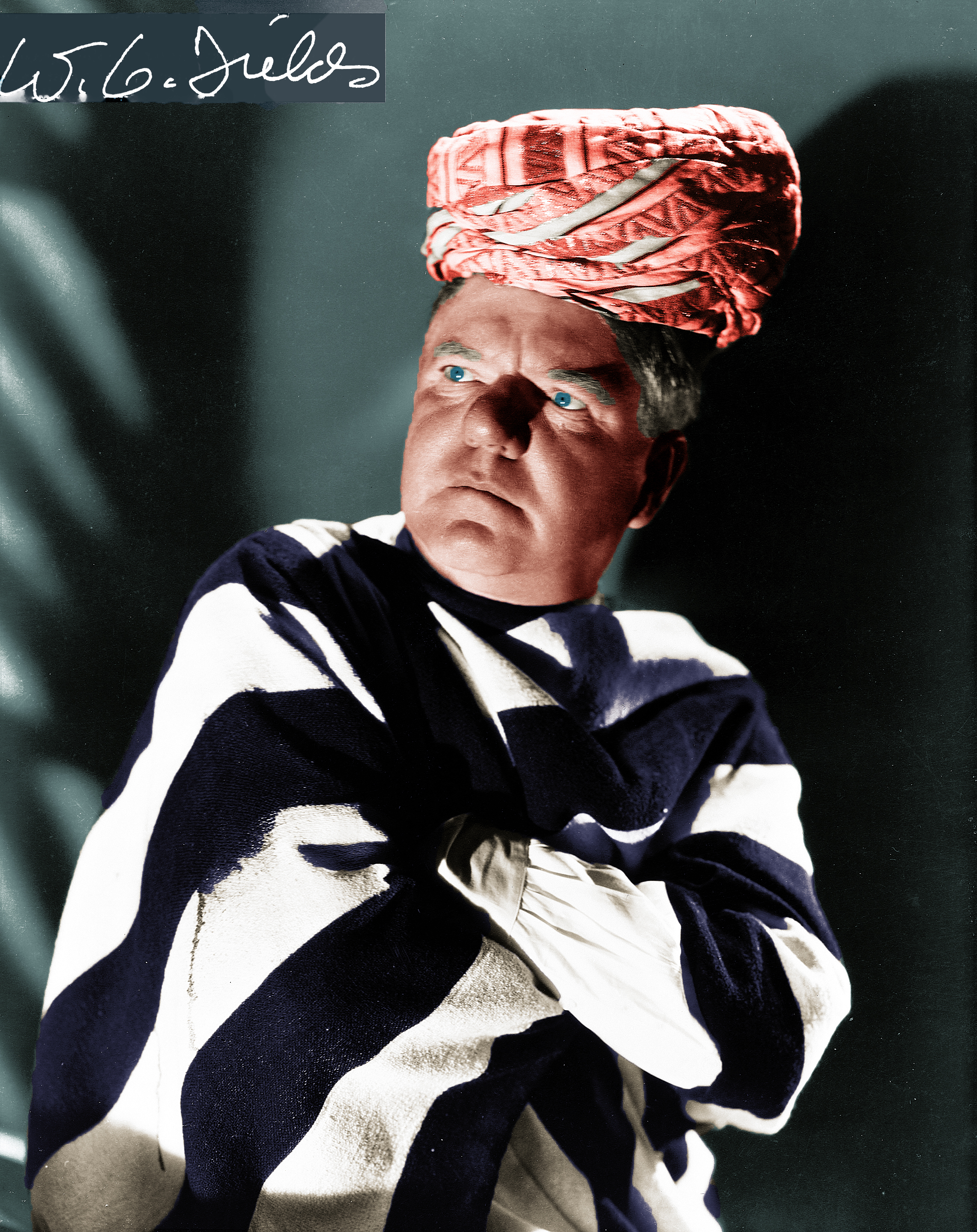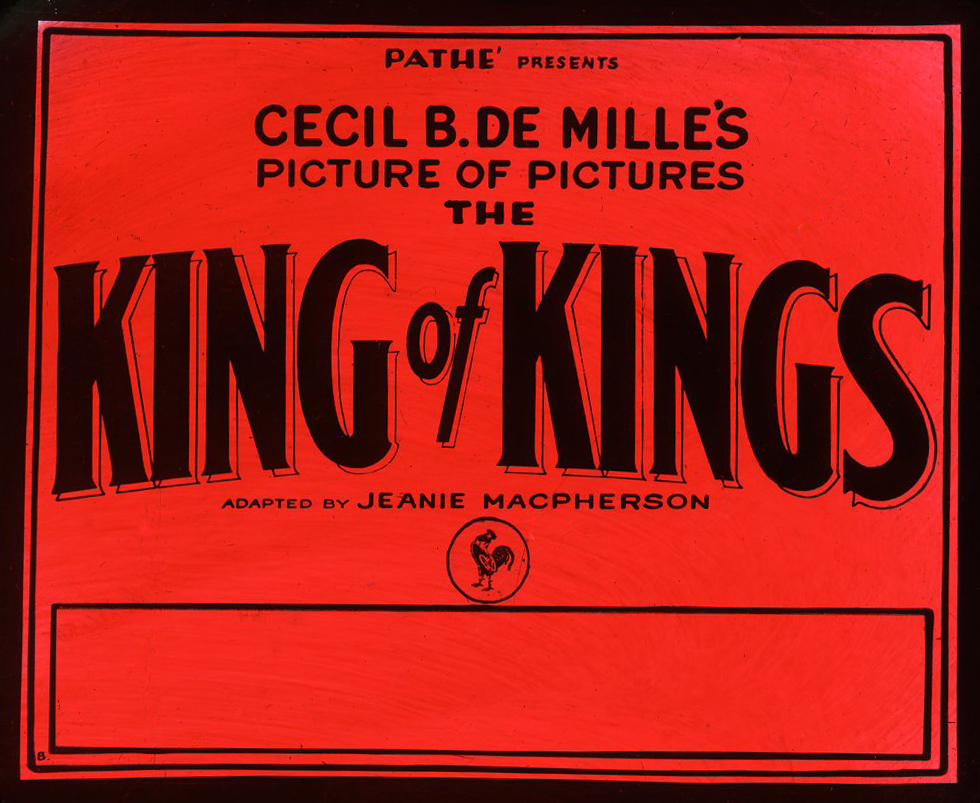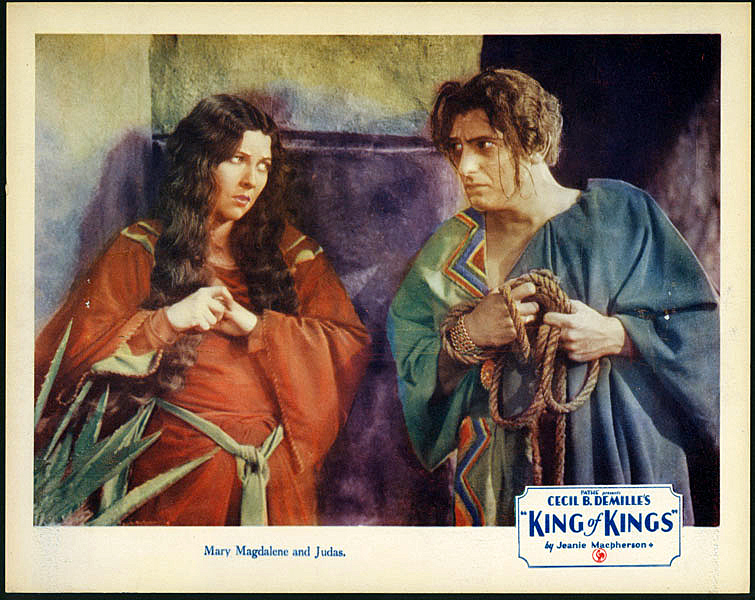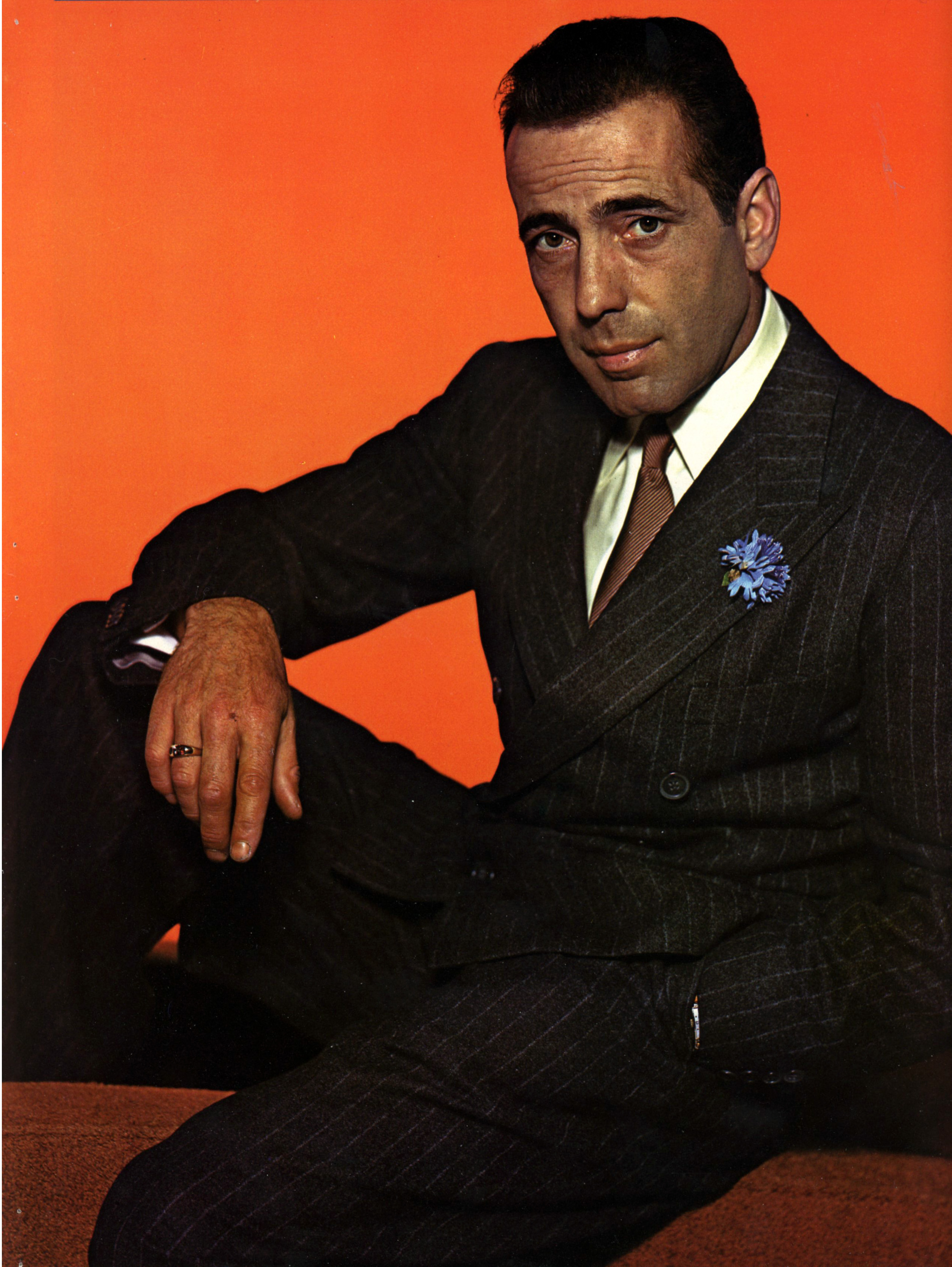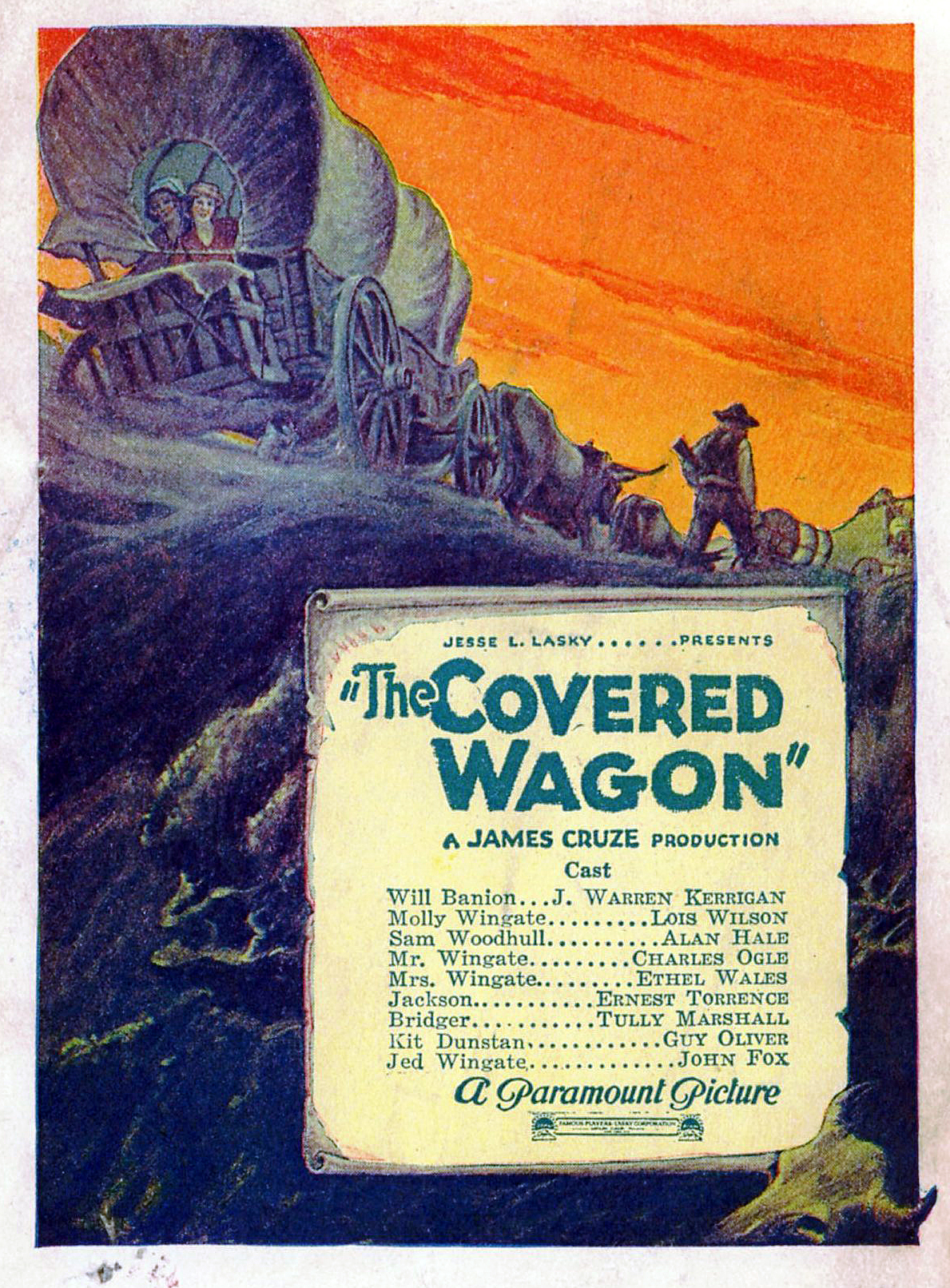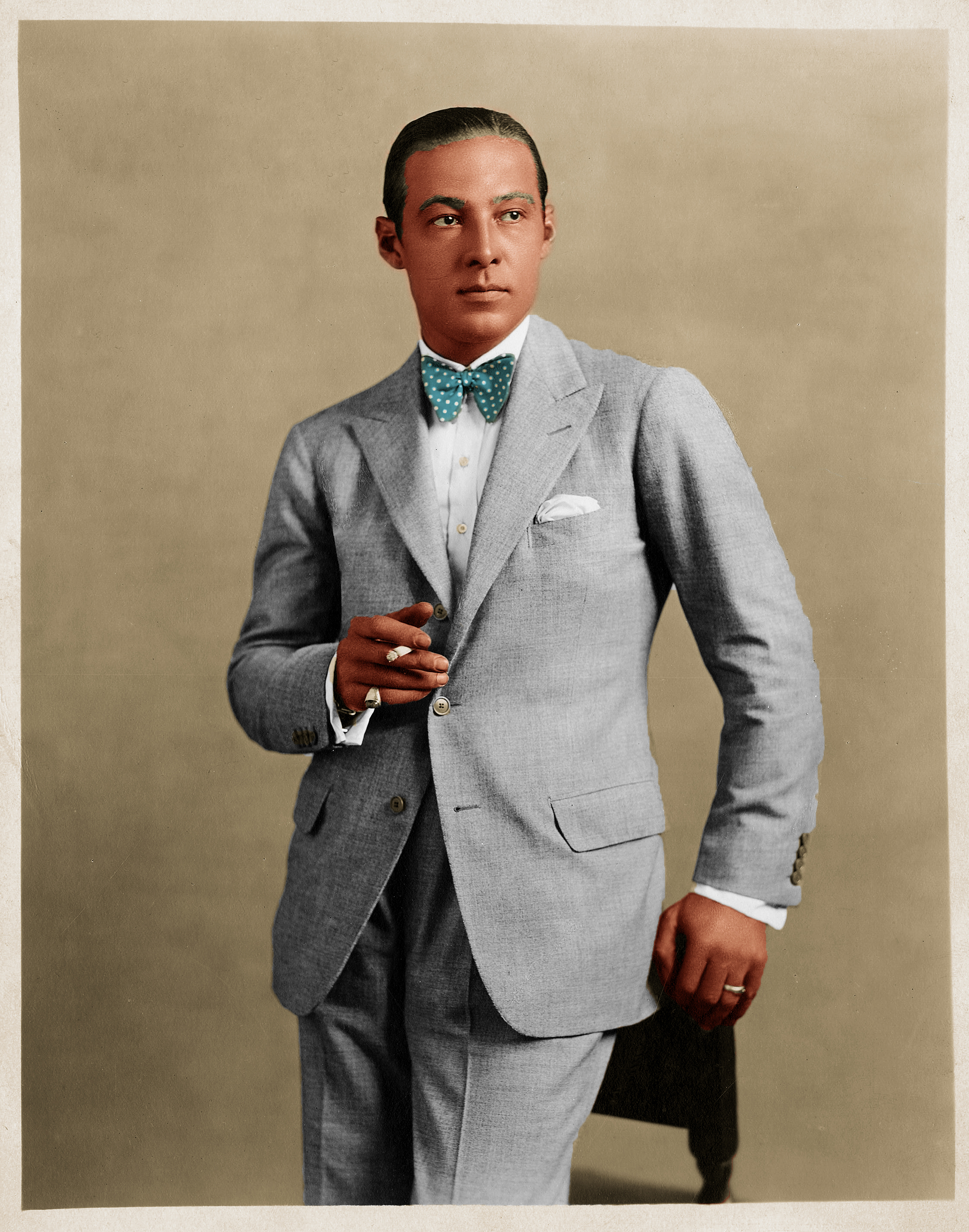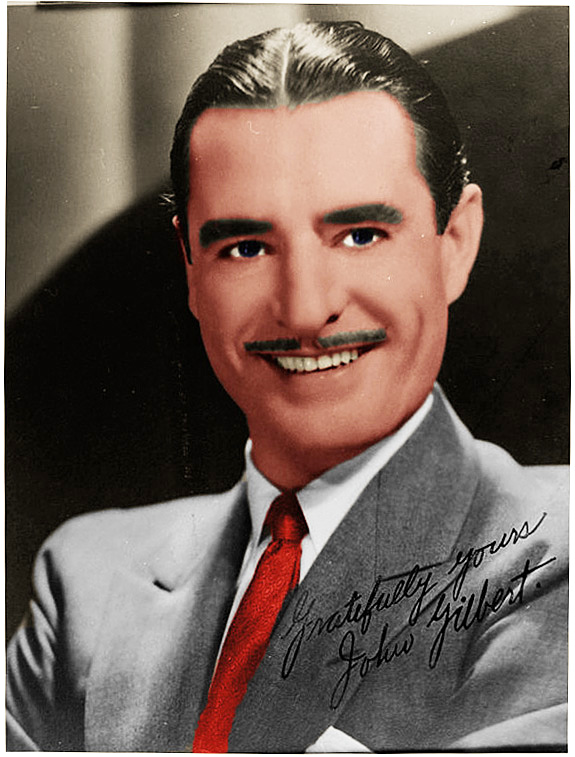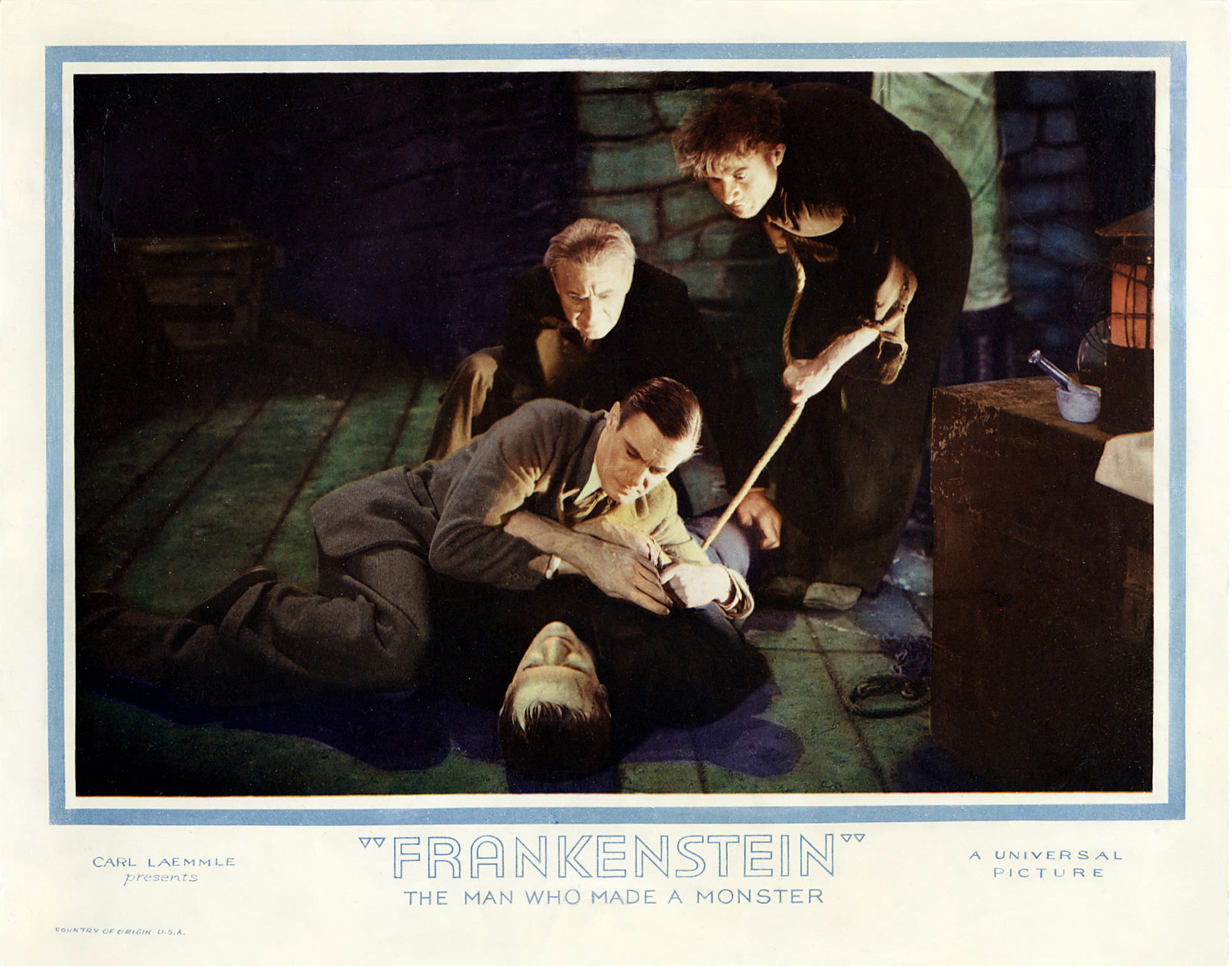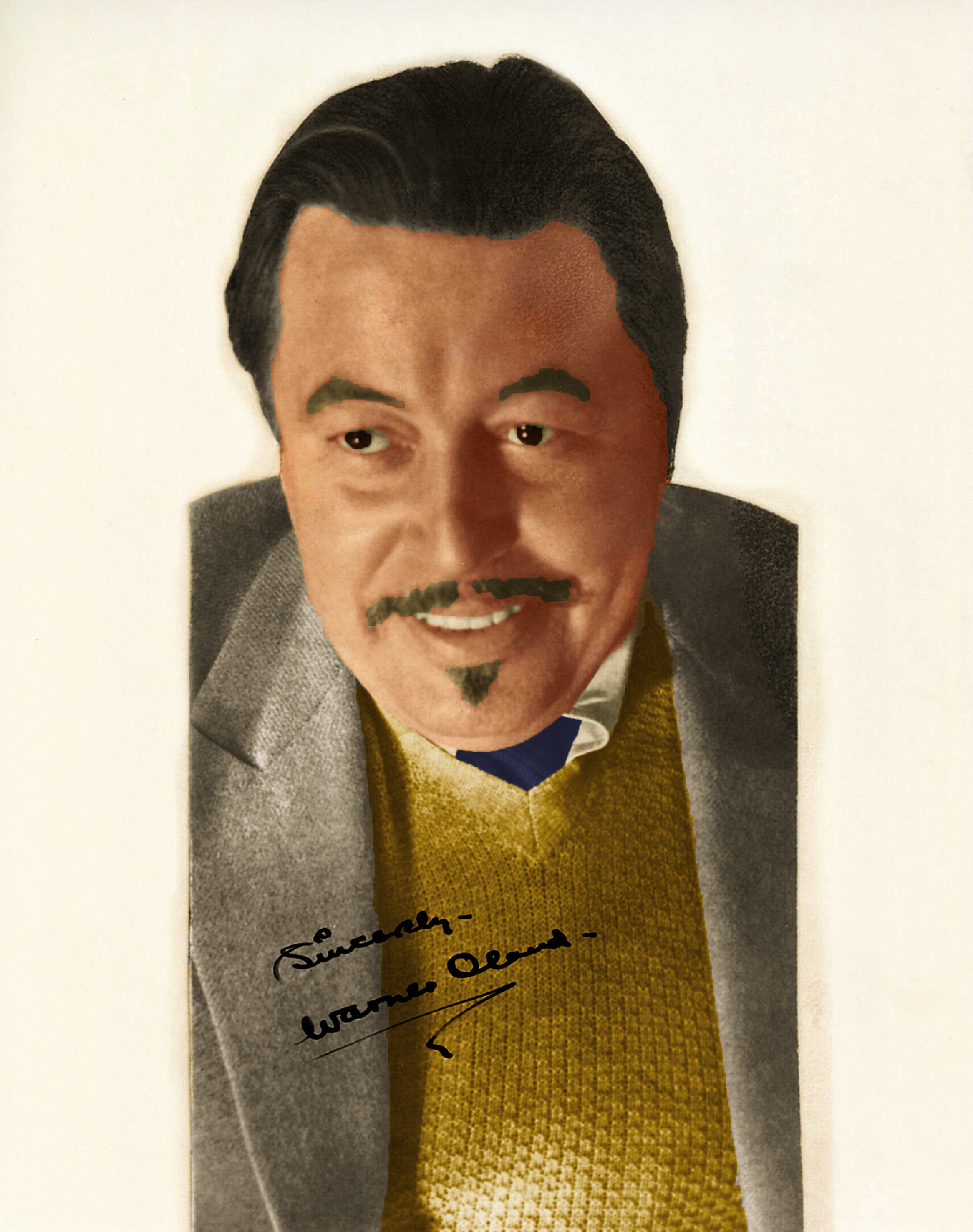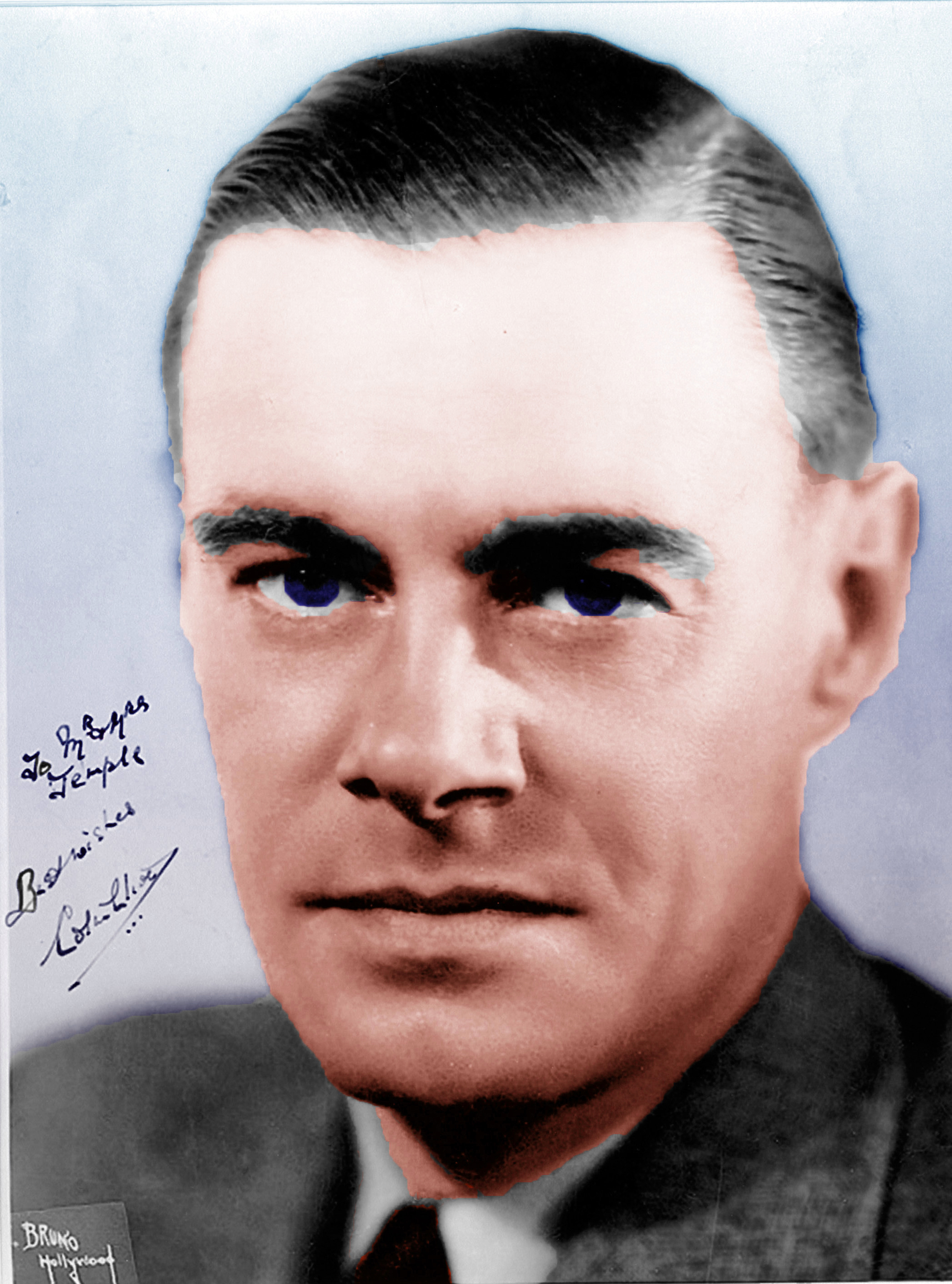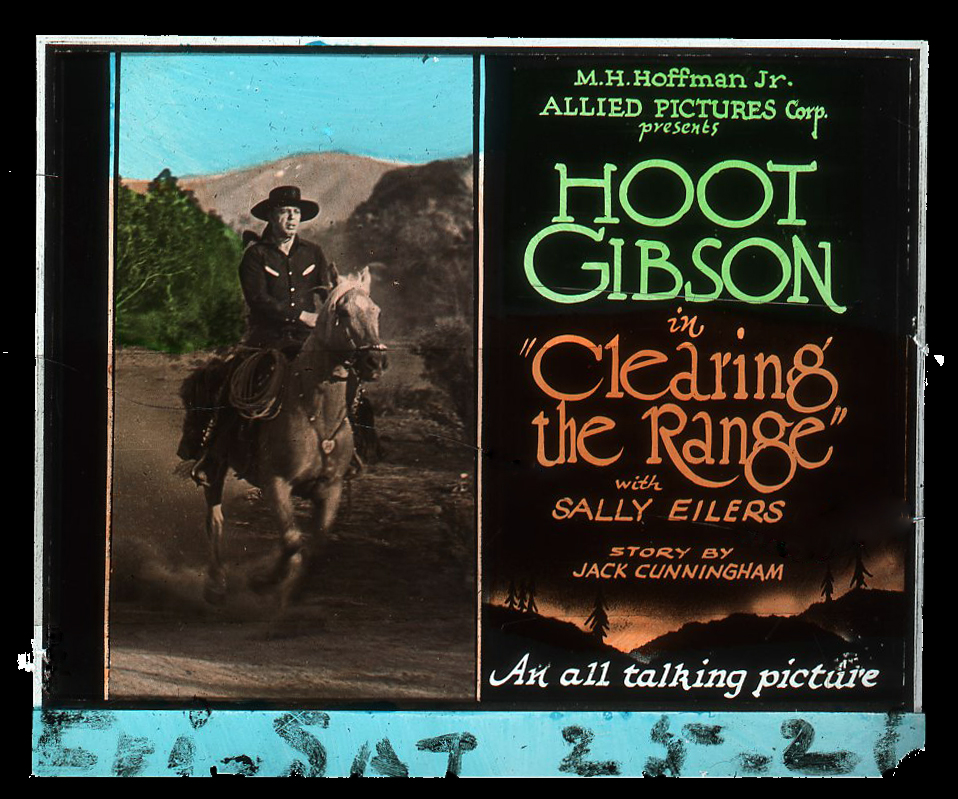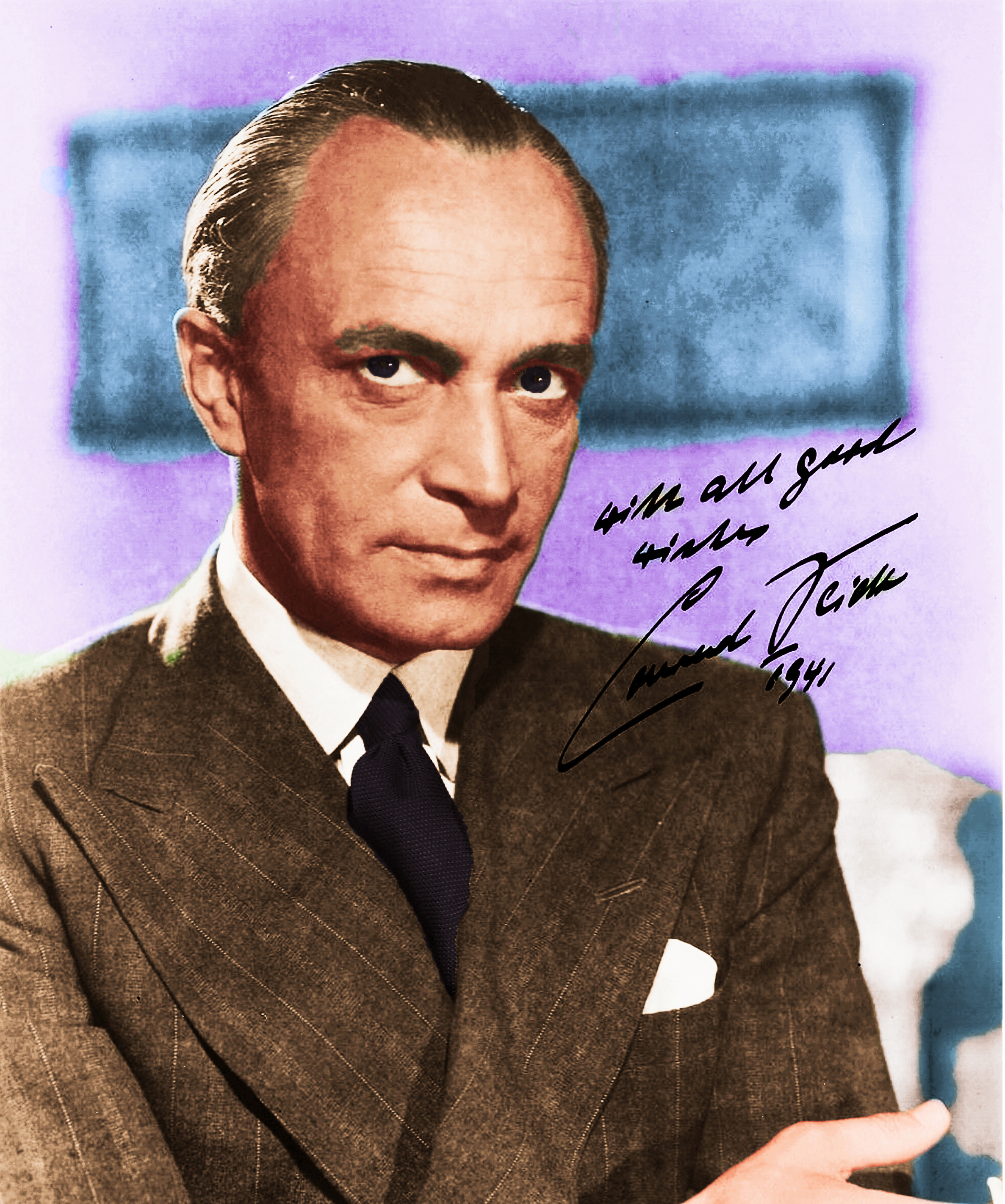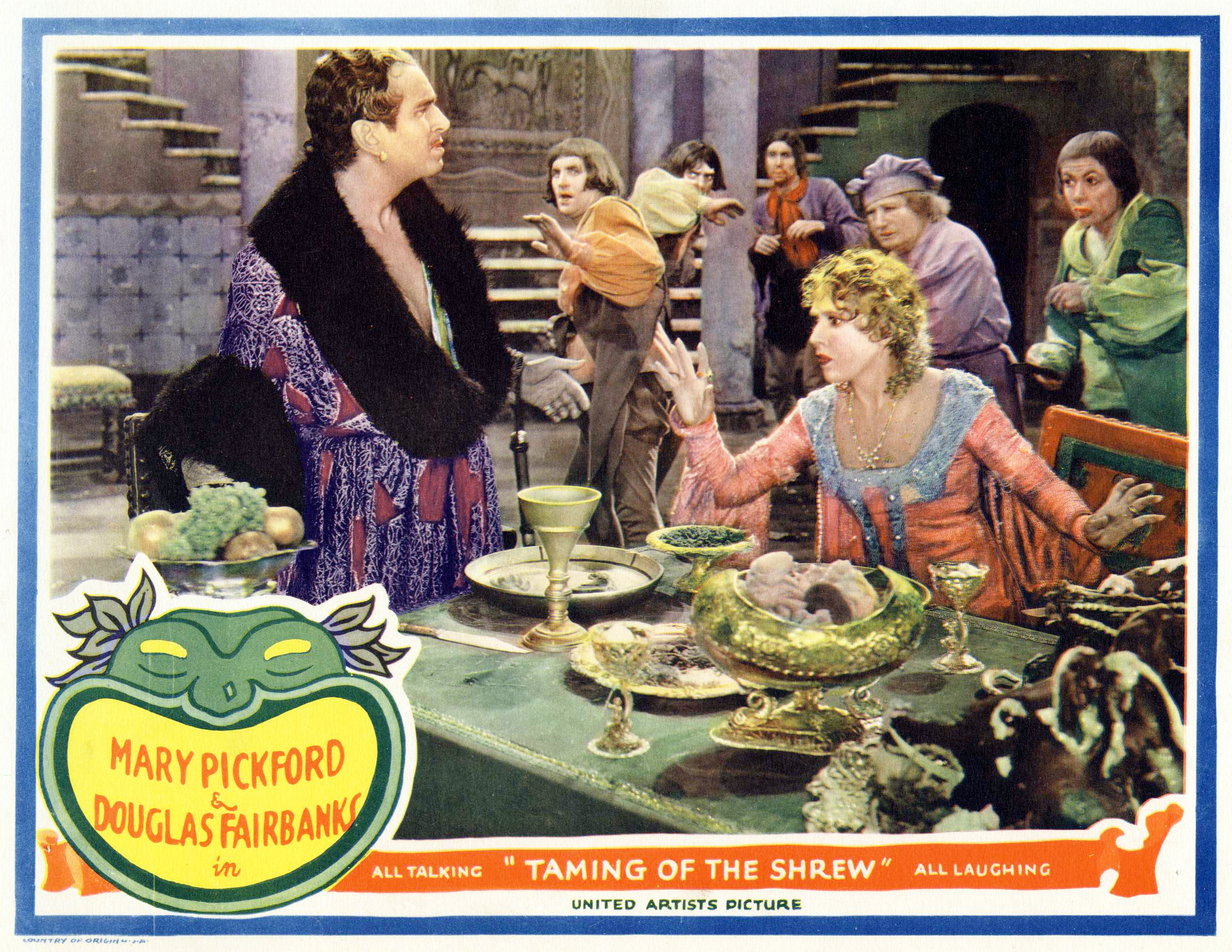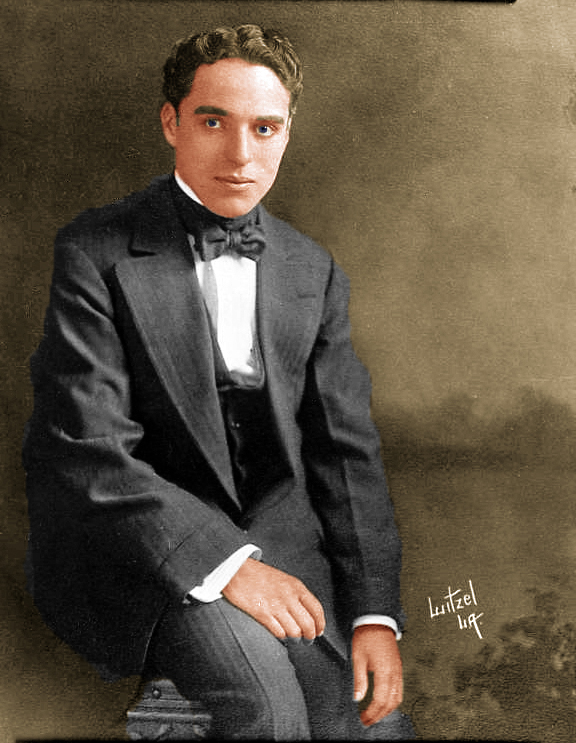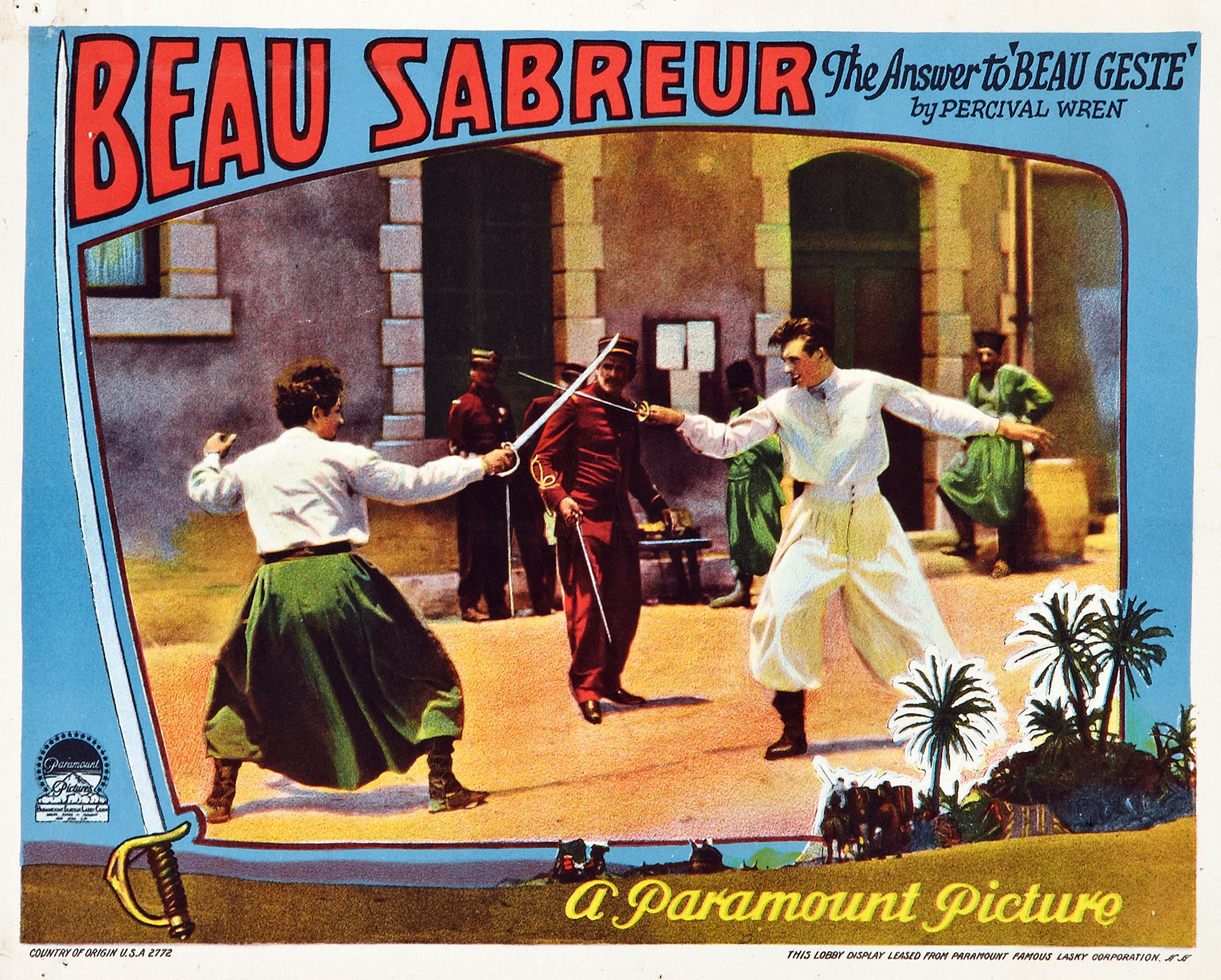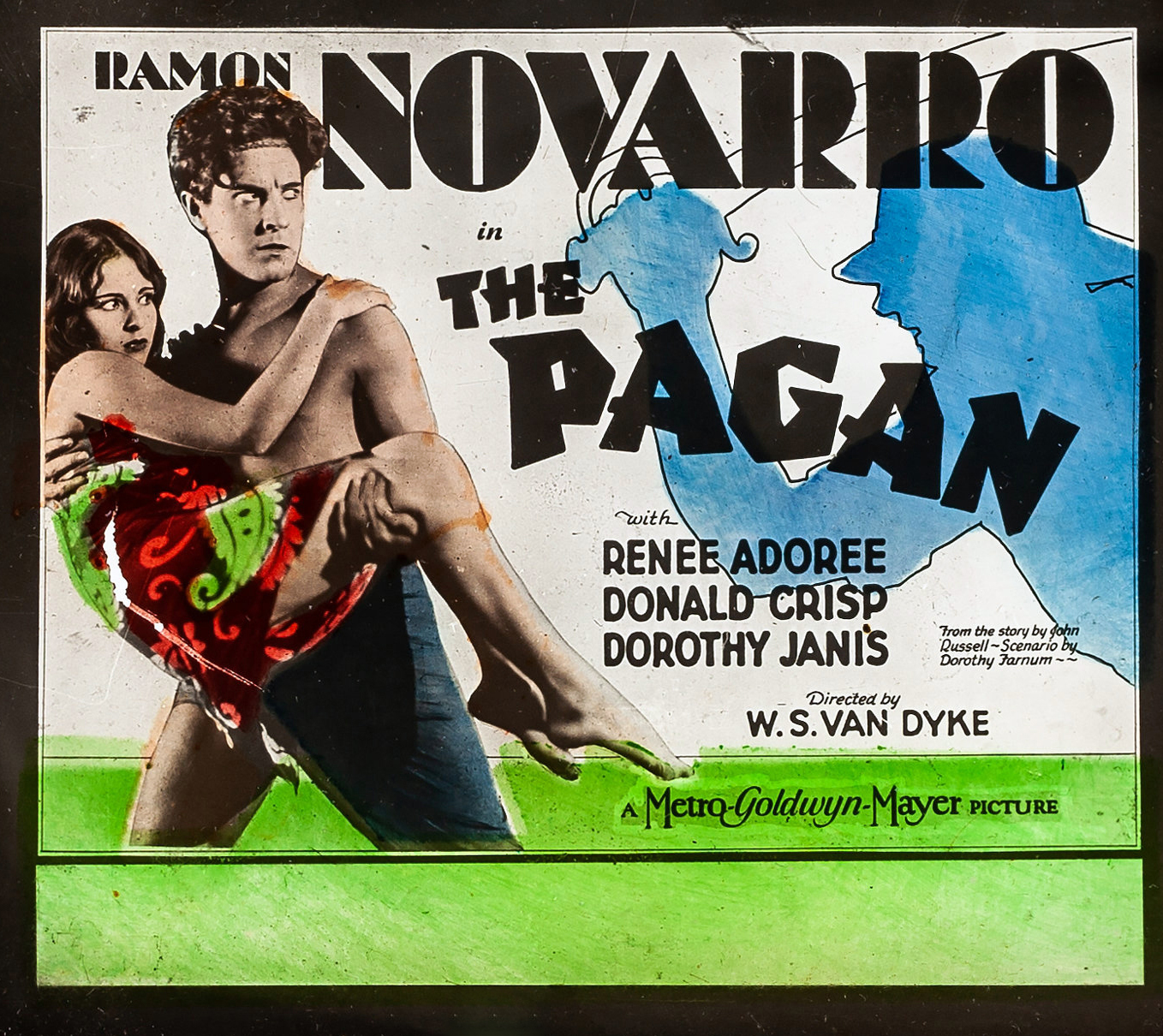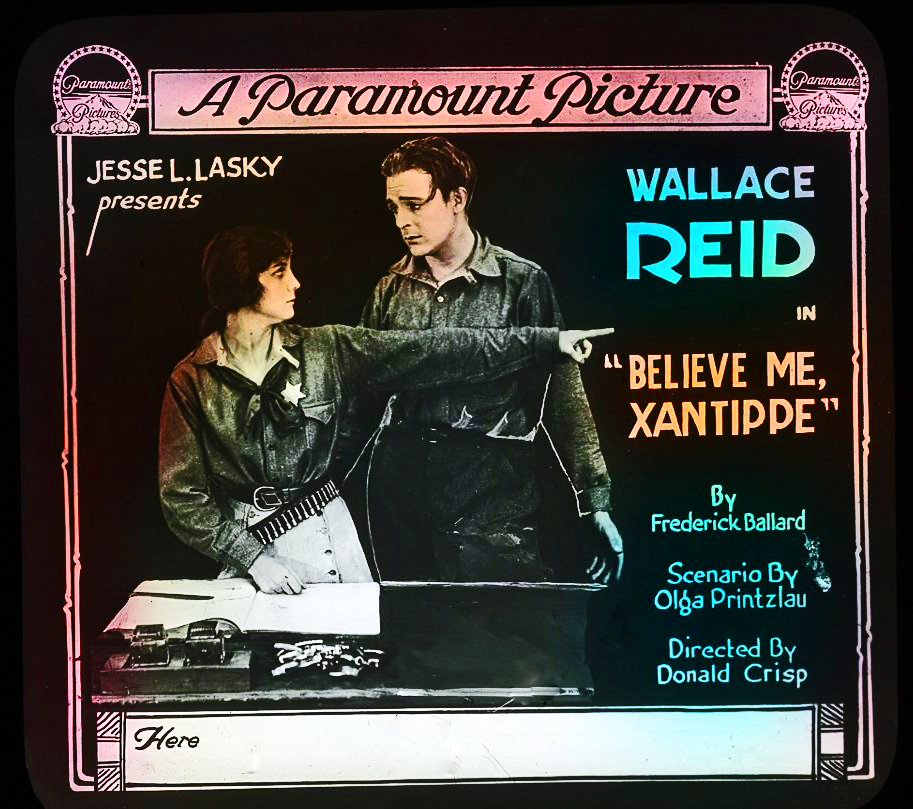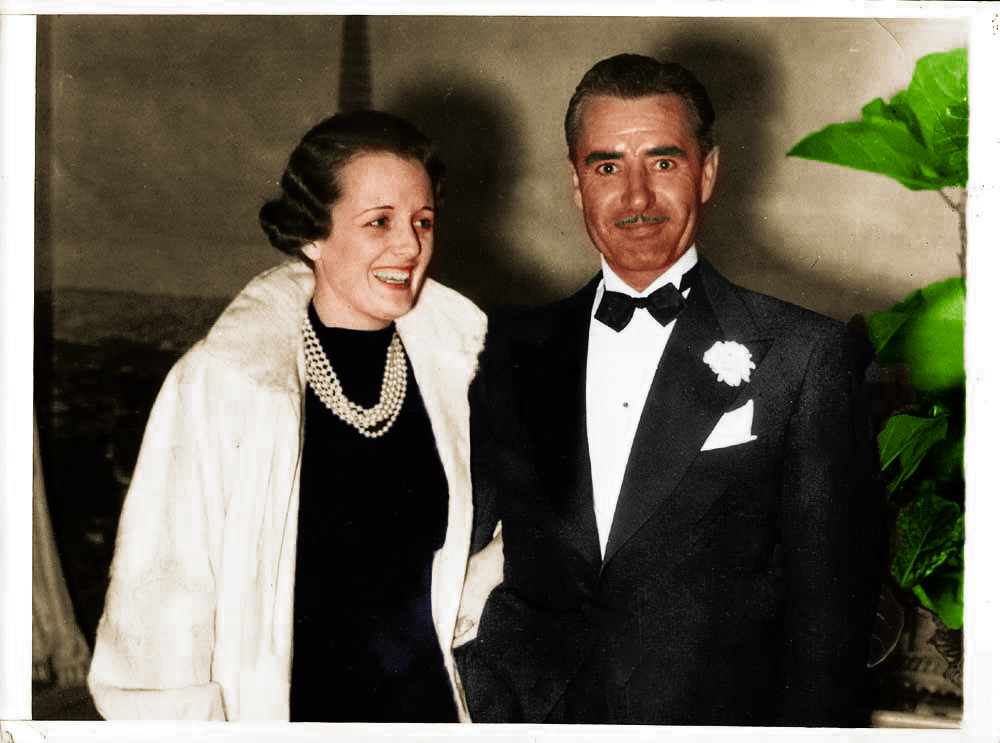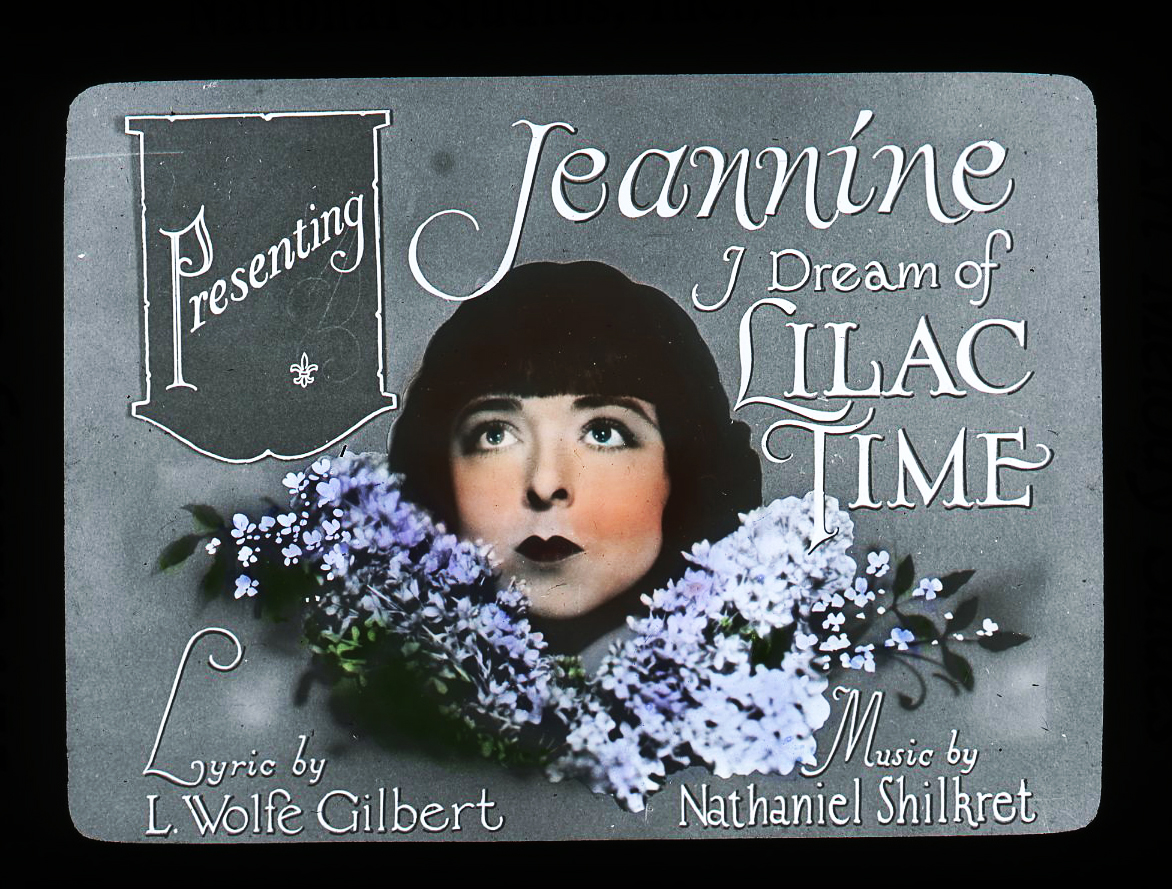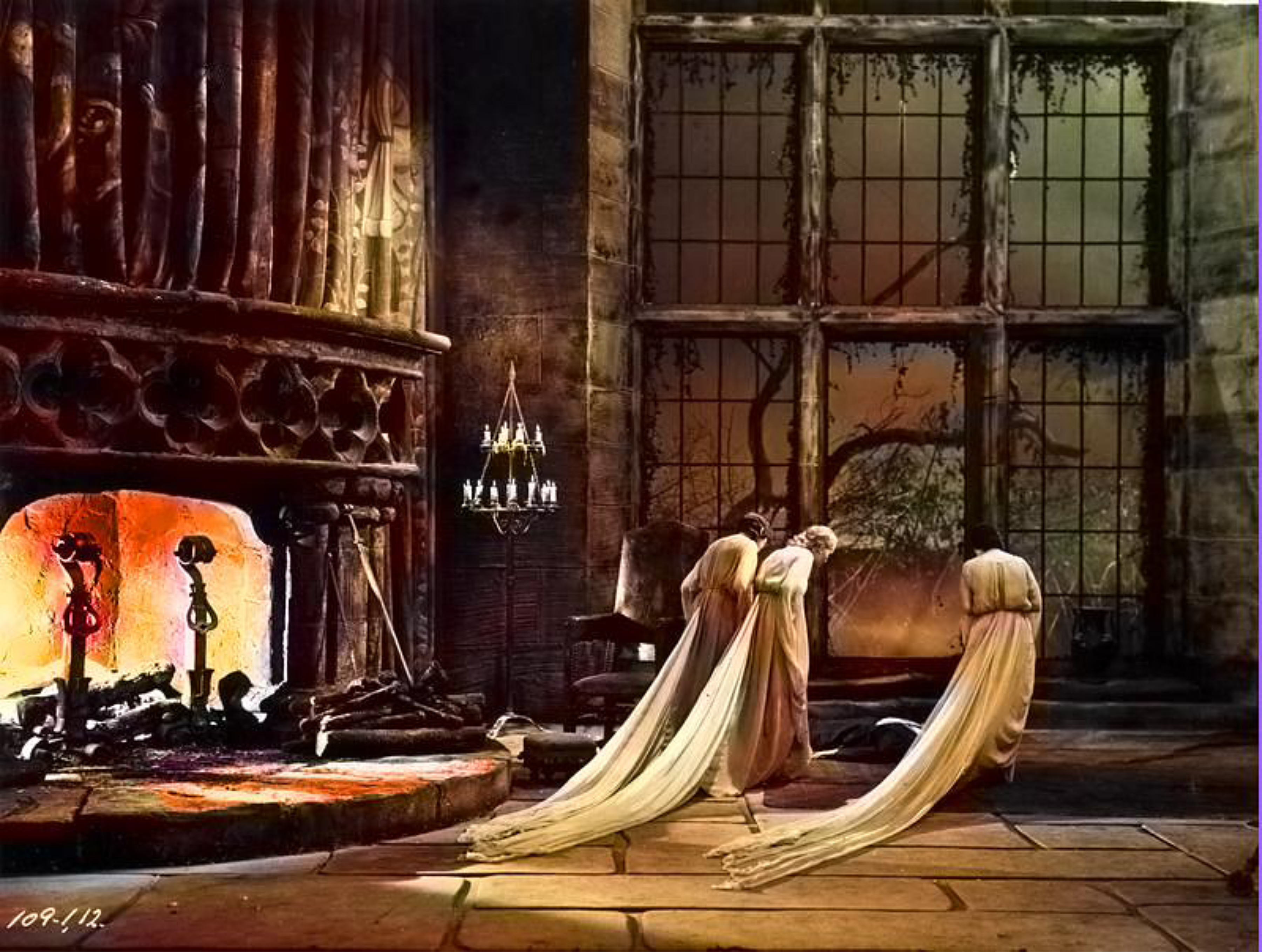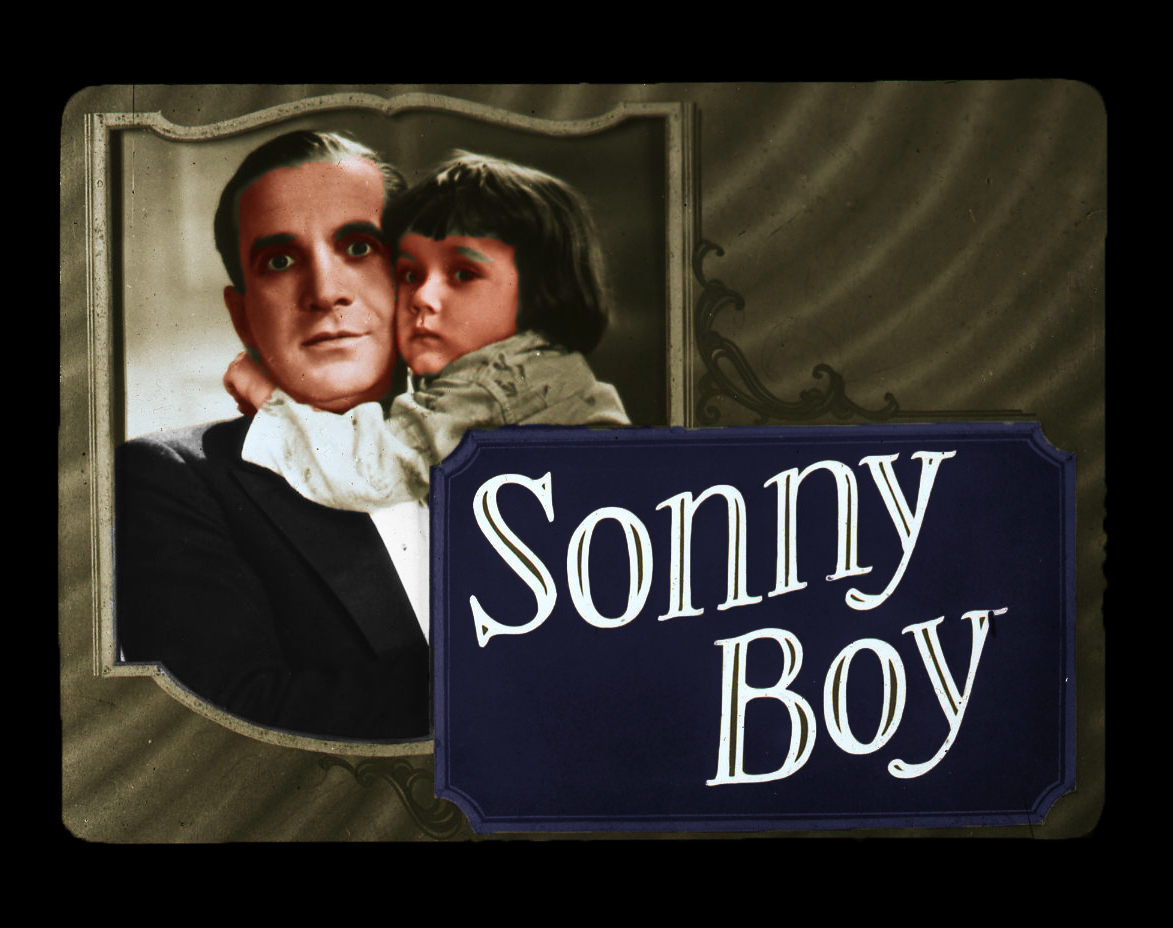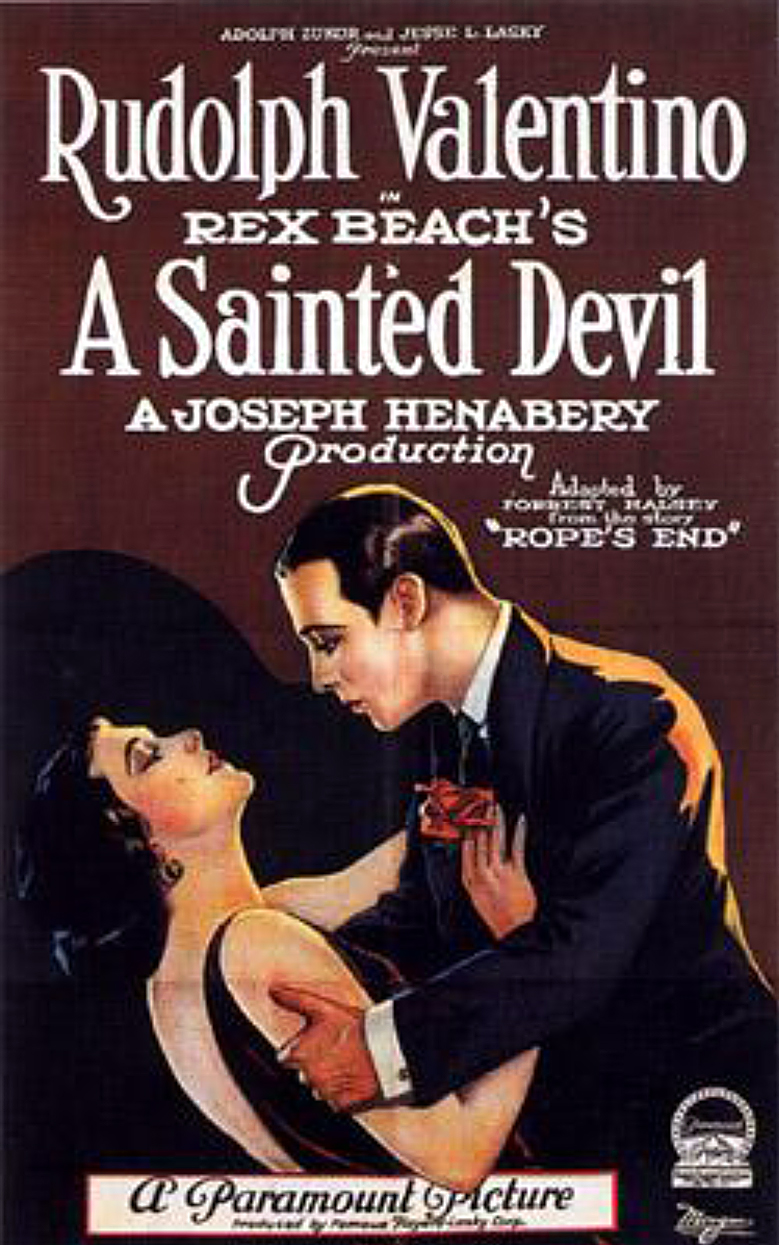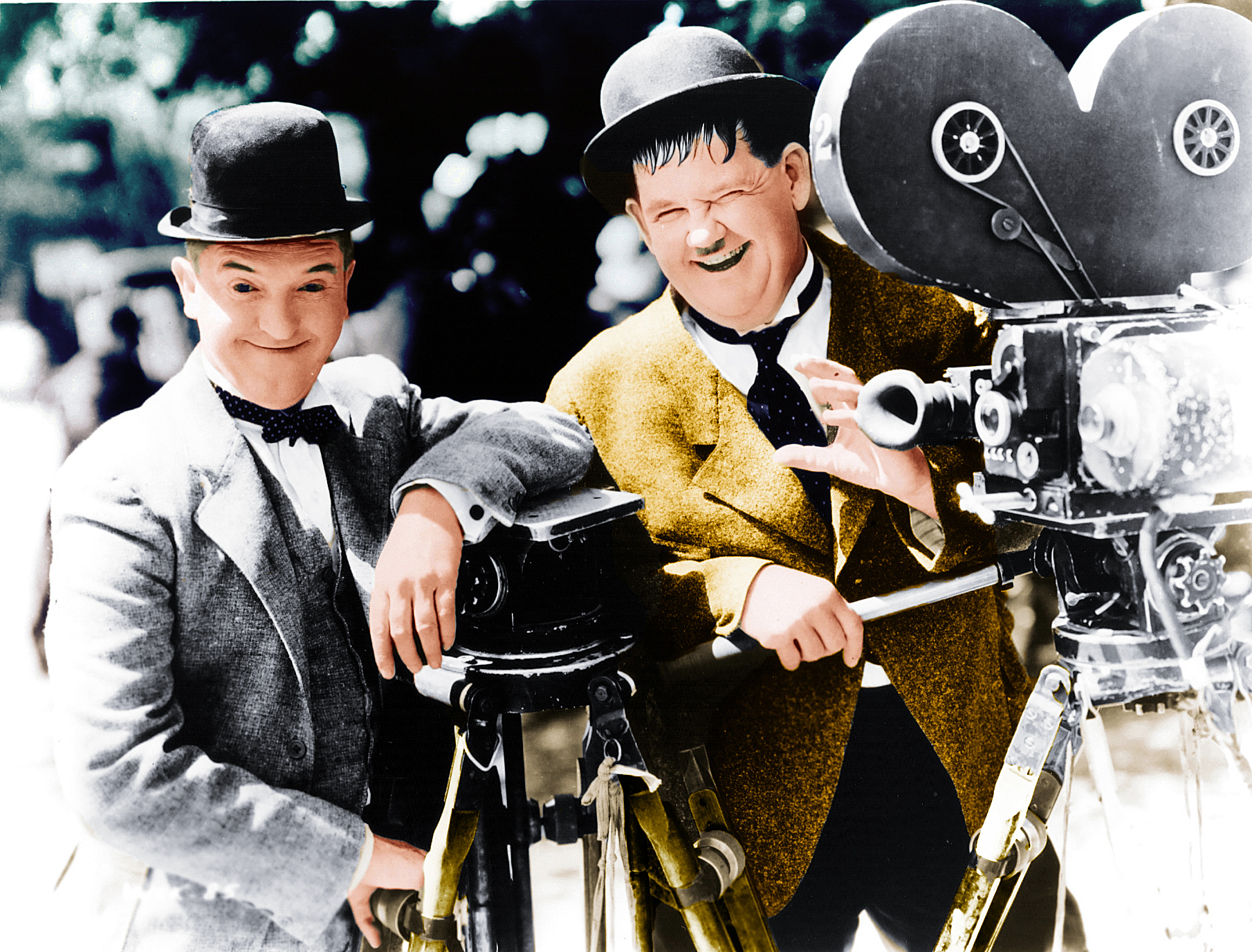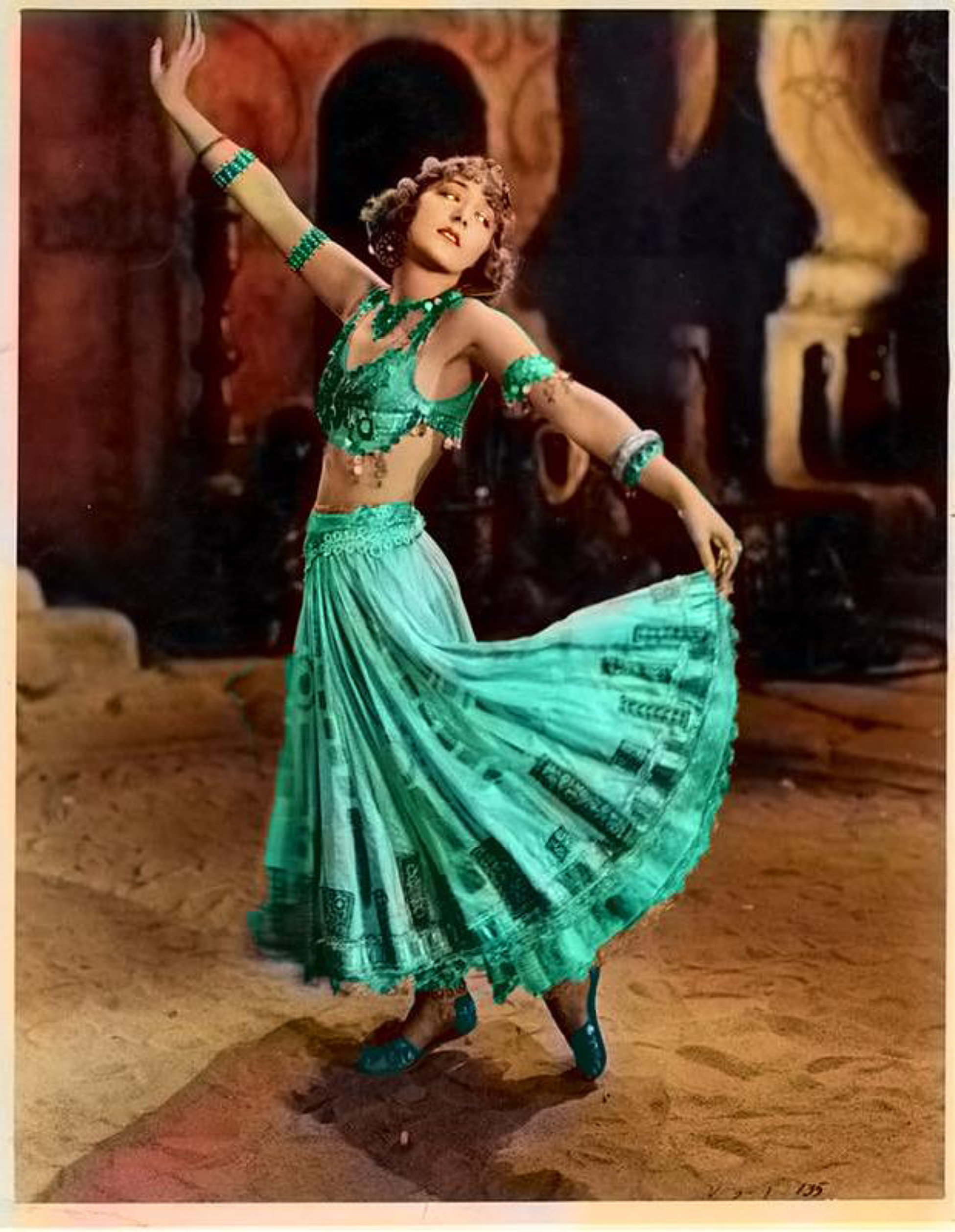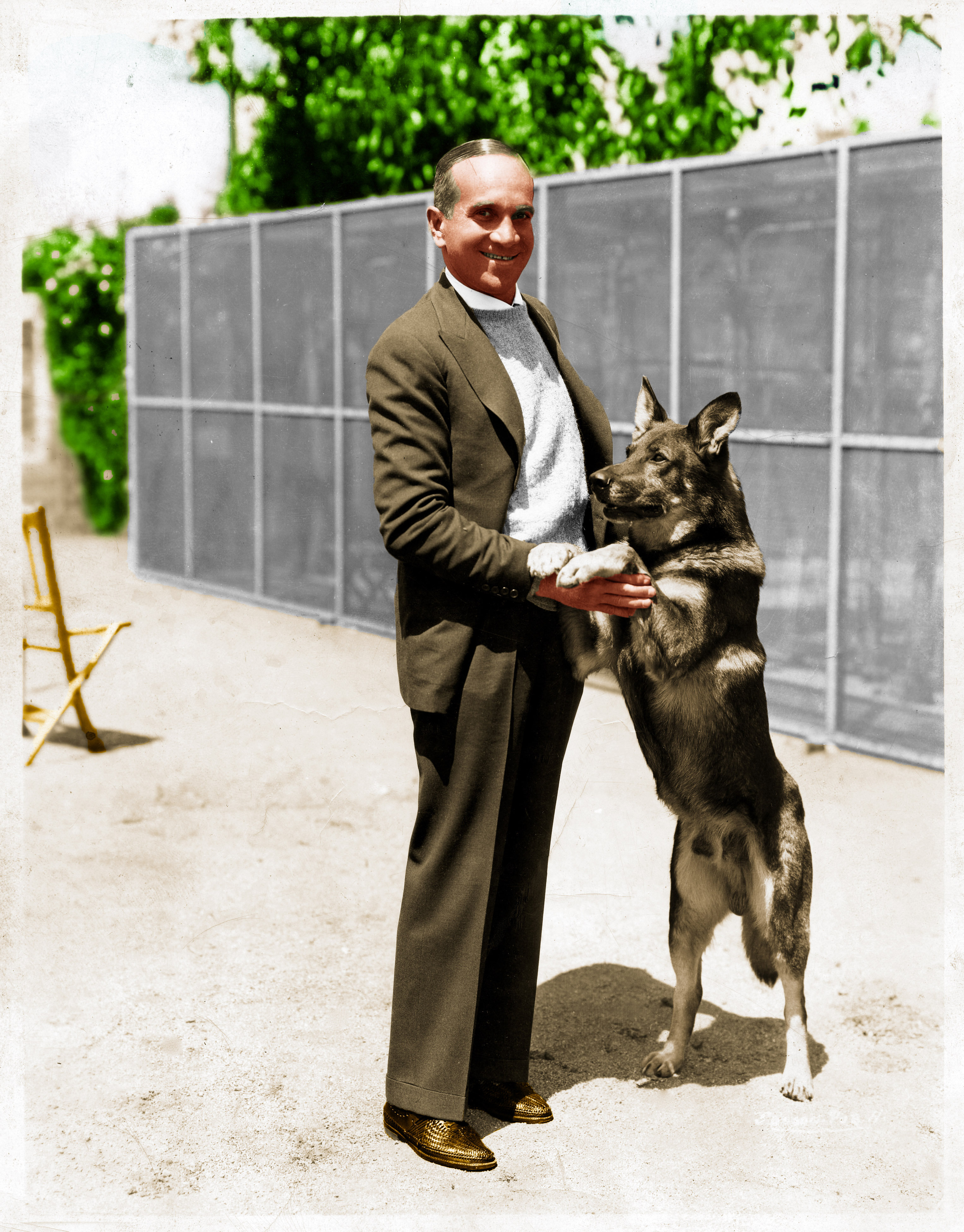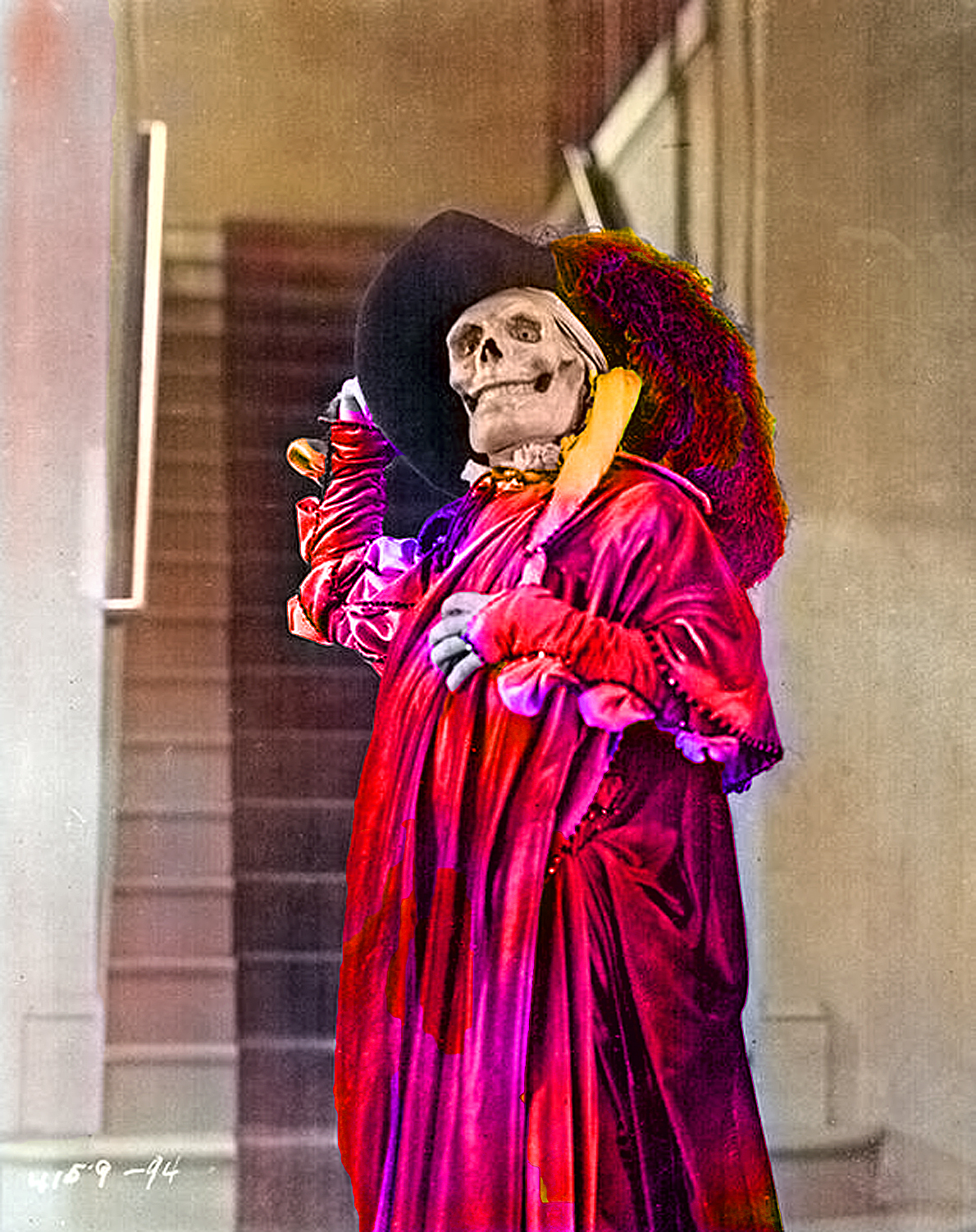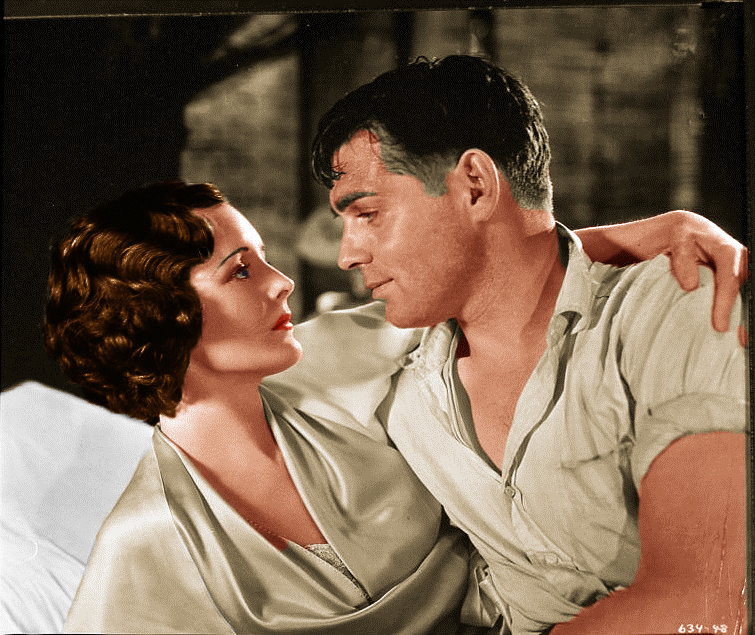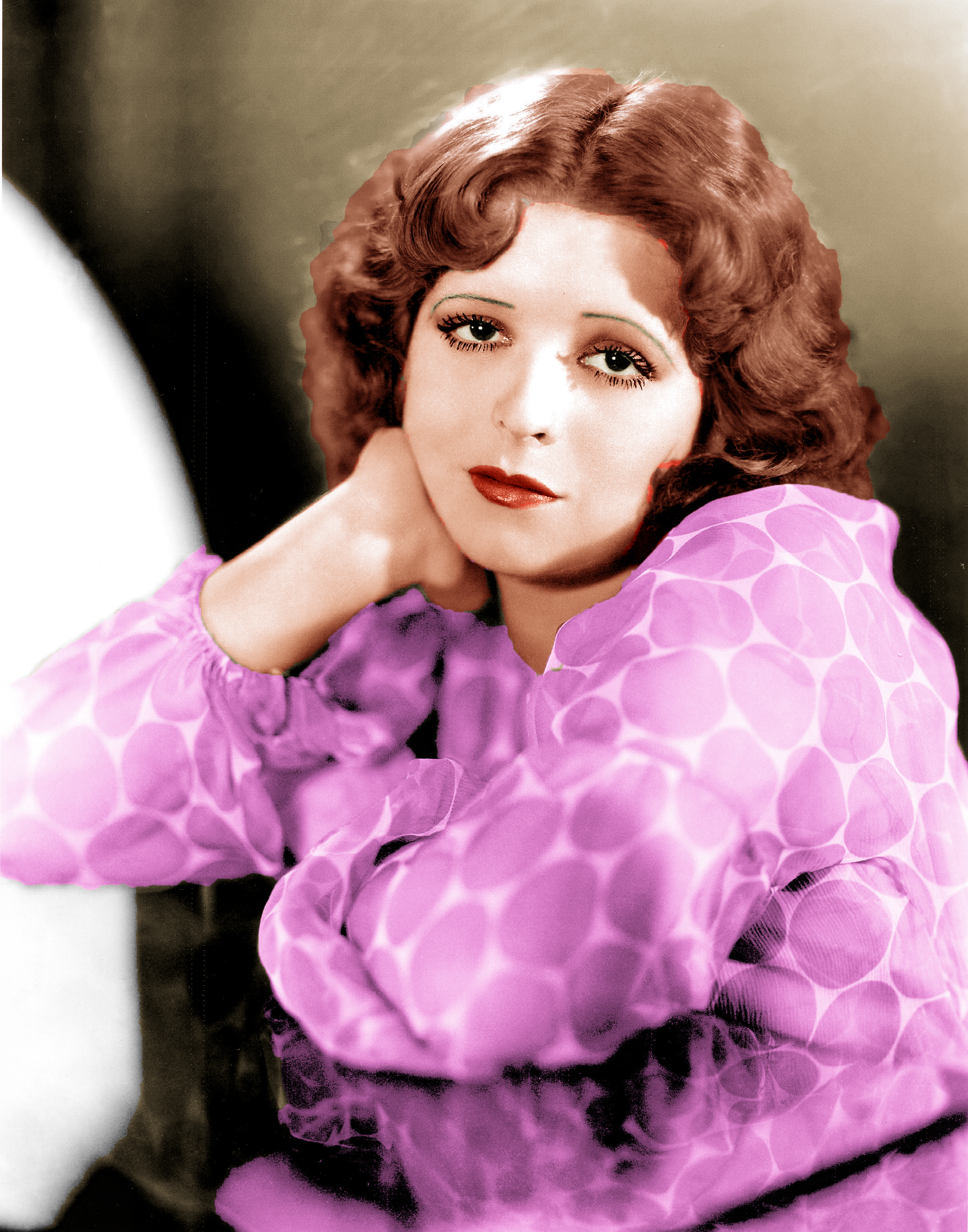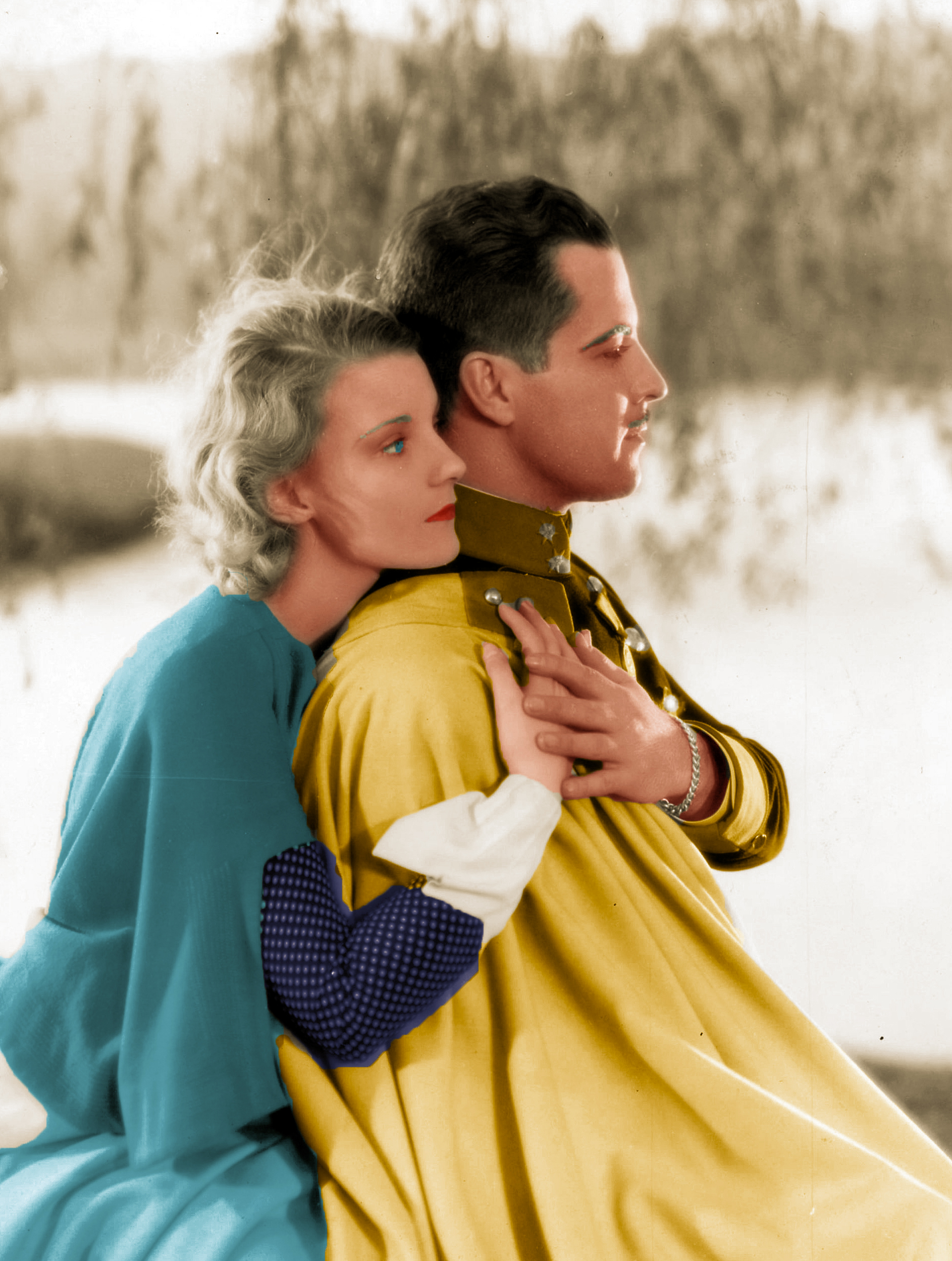Christmas time around the old Metropolitan Opera House in New York City (torn down in the mid-1960s) was almost magical thanks to one of its greatest stars, tenor Enrico Caruso (1873-1921). He made the rounds of all the offices with a gift for everyone, even the lowliest stagehand would receive a gold coin from the Great Caruso. But what does this have to do with Old Hollywood? The tie-in may seem tenuous until we remember that a number of opera stars from the Golden Age of Opera made movies too. In Caruso’s case, he starred in two films in 1918 but only the first one, MY COUSIN, was released. It can be viewed today on DVD.

In any event, here is Caruso in 1916 singing “O Holy Night” in French, as only he could sing it:
Alma Gluck (1884-1938) was one of the great sopranos of the Golden Age of Opera, which began about the time of her birth and continued through to the First World War (1914-1918). Alma has no direct connection with Old Hollywood, but she was the mother of actor Efrem Zimbalist Jr. (TV’s “77 Sunset Strip” and “The FBI”) and grandmother of actress Stephanie Zimbalist.

Listen to Alma Gluck in 1913 singing Gounod’s “Ave Maria” with her husband, violinist Efrem Zimbalist Sr.
Tenor John McCormack (1884-1945) was one of the most popular figures in the history of opera. His career at the Met coincided with Caruso’s during the 1910s, then he went on the concert stage singing both opera and popular songs, a rare thing even for an opera singer today. McCormack’s records were best sellers and when sound films arrived in 1929, Fox hurried to star him in SONG O’ MY HEART (1930). Fox even held a nation-wide contest so fans could vote for the songs they wanted McCormack to sing in the film.

Here John McCormack in 1915 sings “Adestes Fideles” with his distinctive Irish brough heard even in Latin:
Sigrid Onegin (1889-1943) was a contralto who was considered the natural successor to Ernestine Schumann-Heink, which is saying a lot. As far as we can tell, Sigrid had no connection to Old Hollywood but after listening to her you may well feel that she should have.

Sigrid’s rendition here of Mozart’s “Alleljah” in this 1928 recording is superb:
You would never guess from this photo of the young Giovanni Martinelli (1885-1969) that he was one of the bon vivants of his era. He made his debut in 1910 and sang his last performance at the age of 80 in 1966. Many music critics considered Martinelli the successor of Caruso during the 1920s and both tenors possessed a gregarious personality as well as stunning voices.

From 1926, Martinelli sings “Gese Bambino”:
Ernestine Schumann-Heink (1861-1936) made her opera debut at the age of 17 in 1879 and became the greatest contralto of her era. Her first starring role occurred by chance when the Hamburg (Germany) Opera asked Schumann-Heink to sing the title role in Bizet’s “Carmen” without any rehearsals. She was a hit and the following night she was asked to sing in another opera without rehearsal. On the third night Schumann-Heink was offered a principal role in Wagner’s “Lohengrin,” again with no rehearsals. On this basis, she was offered a ten-year contract. She debuted at the Met in 1898 and continued there through 1932. Schumann-Heink also appeared in movies and radio. This photo of her is from the 1935 film, HERE’S TO ROMANCE:

“Mother” Schumann-Heink, as she was called, first sang “Silent Night” over the radio in 1926 and it became a Christmas tradition that she sang each year at the stroke of Midnight. In a previous post, we offered her speaking on her 1934 radio program before singing this carol. Here is her famous 1926 Victor recording:
It may be that Christmas this year will be more somber than usual. As our thoughts and prayers are with the families in Newtown, Connecticut, perhaps this post may be an appropriate reminder of the true meaning of Christmas.







